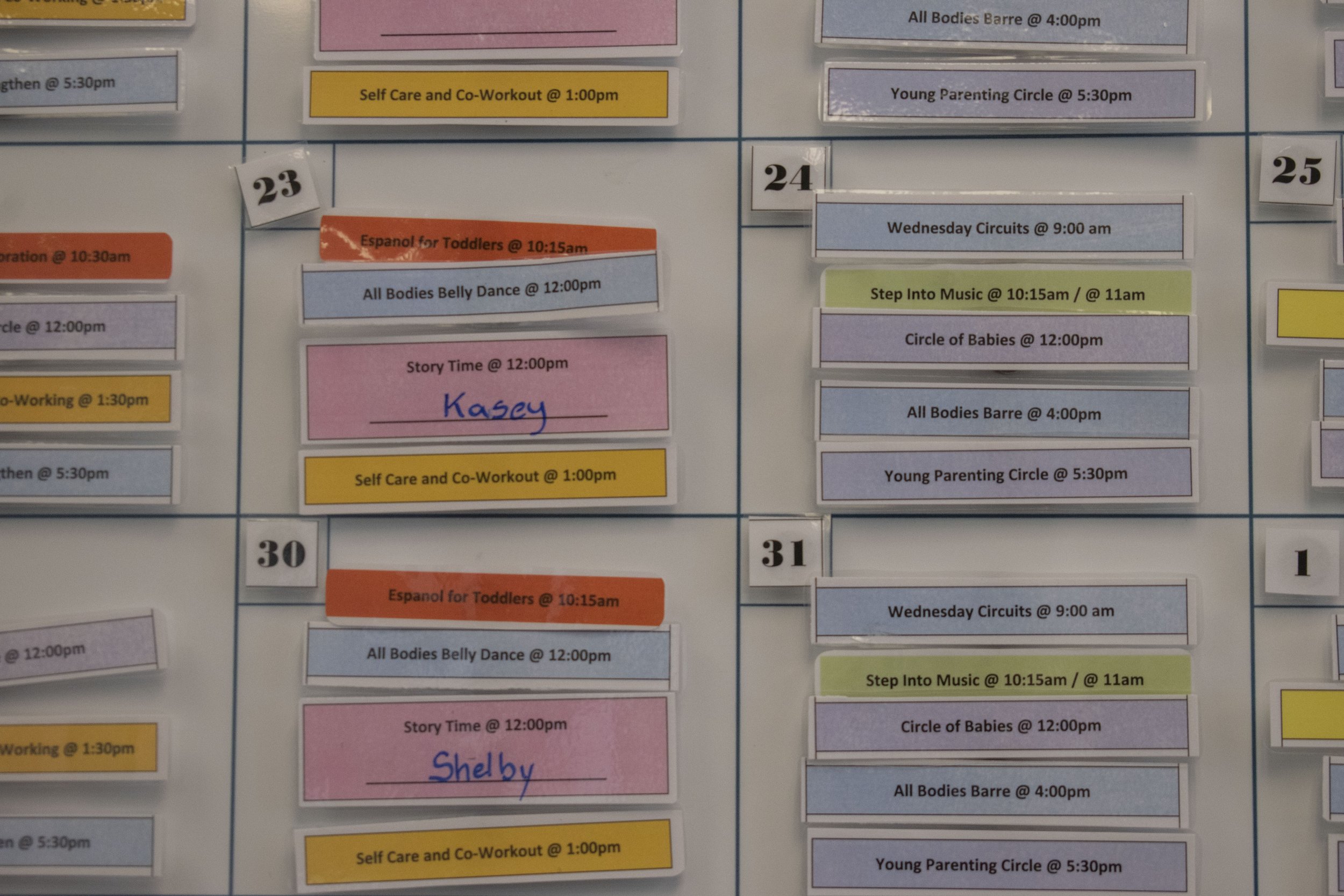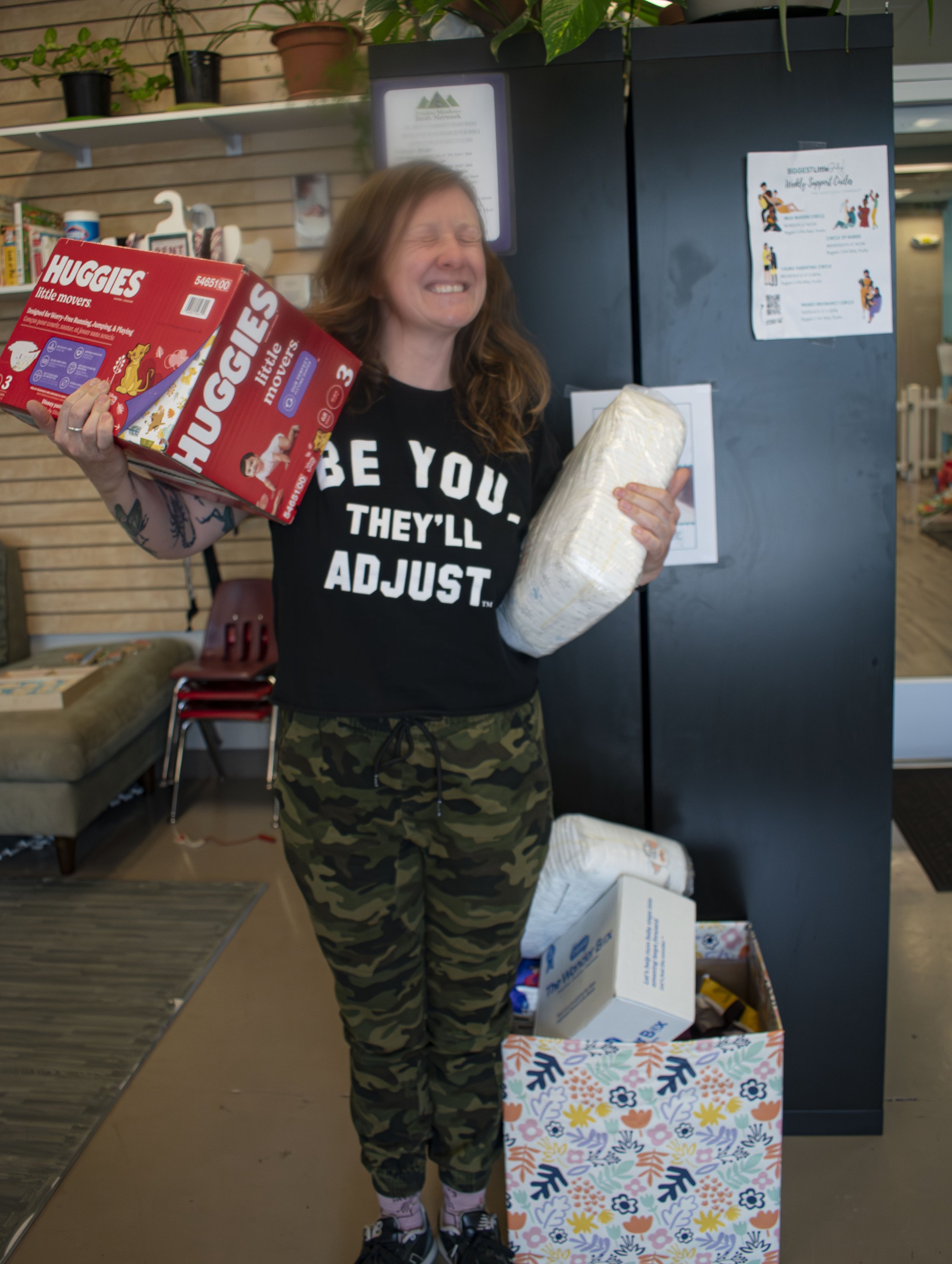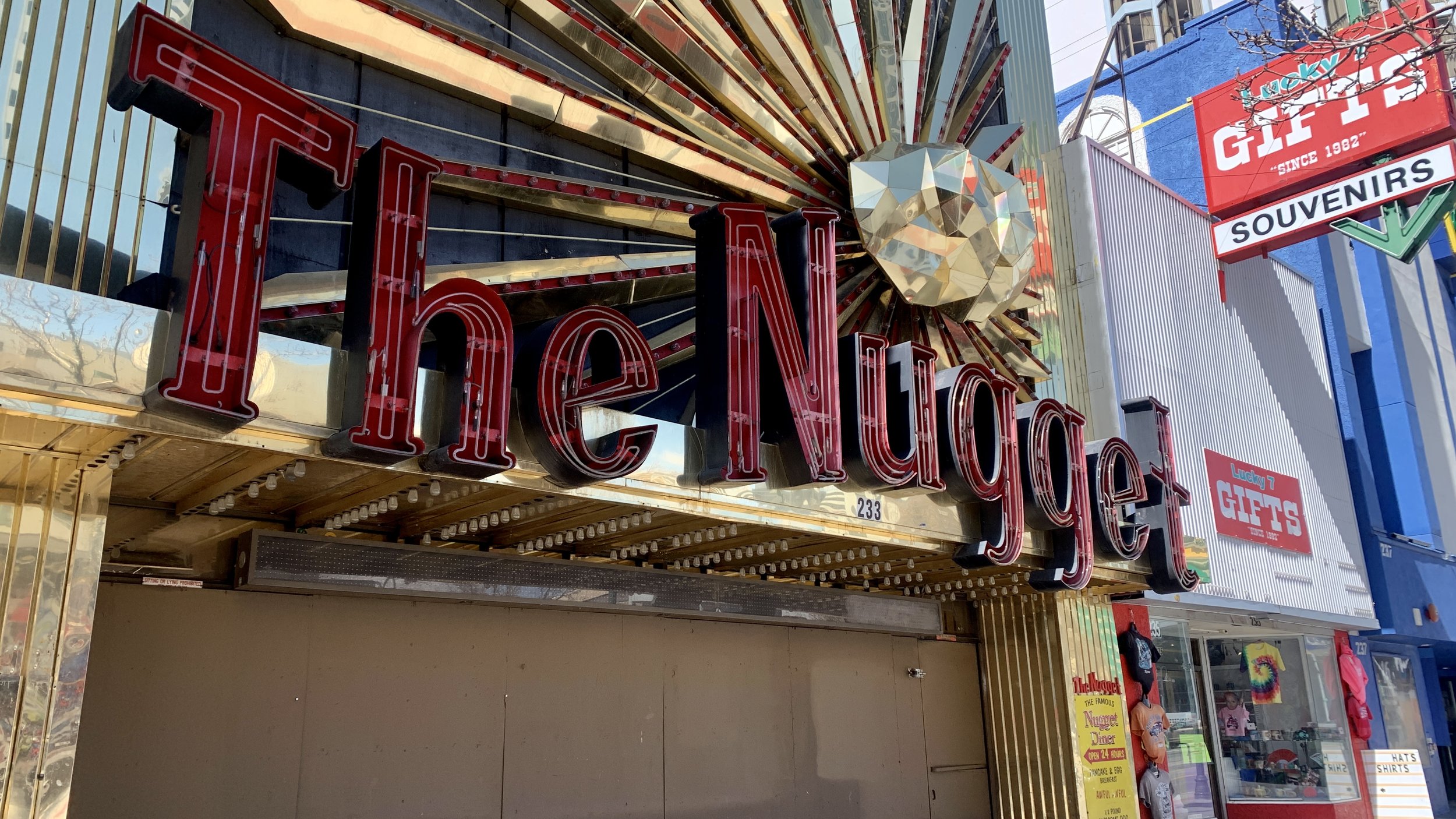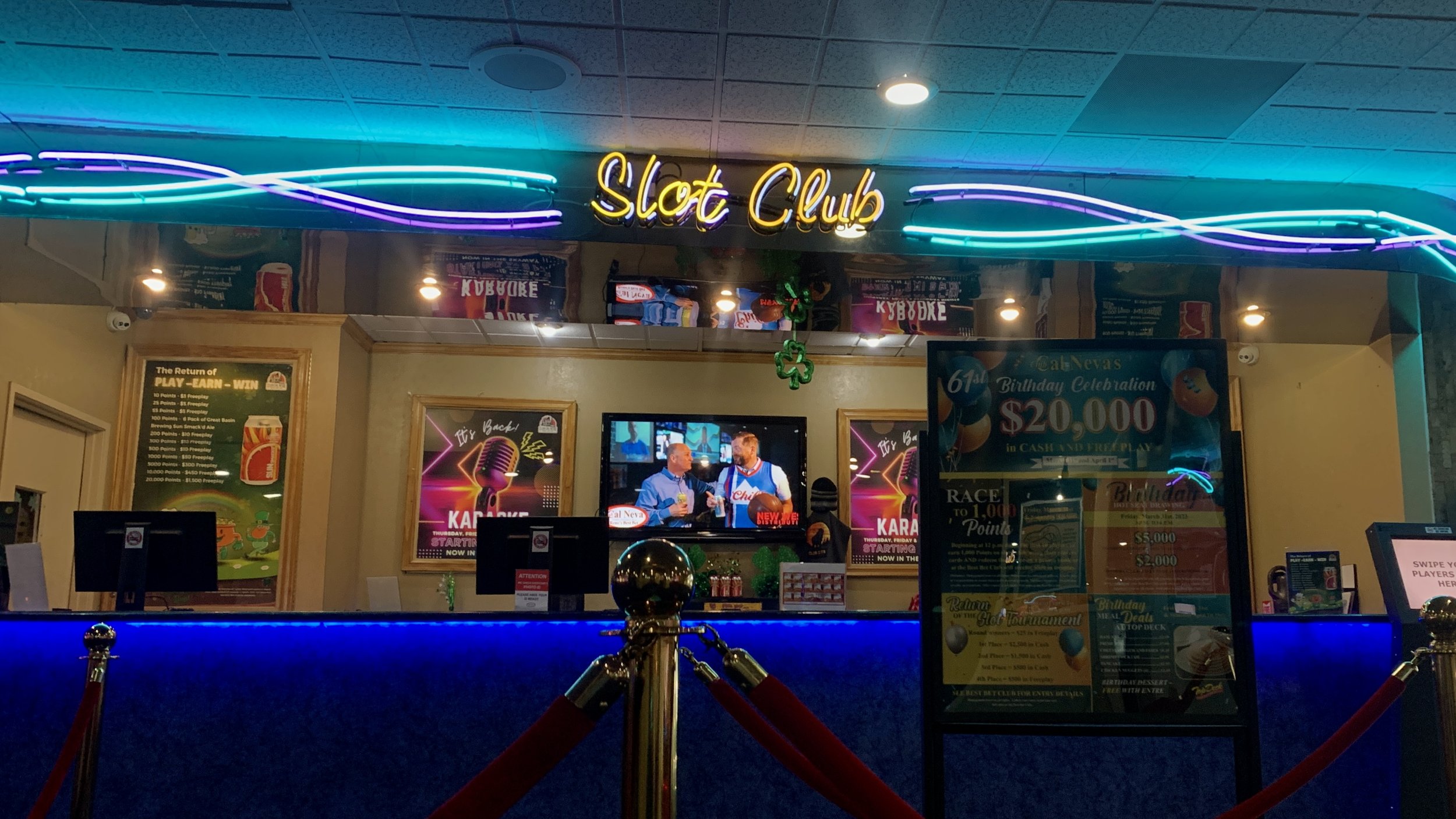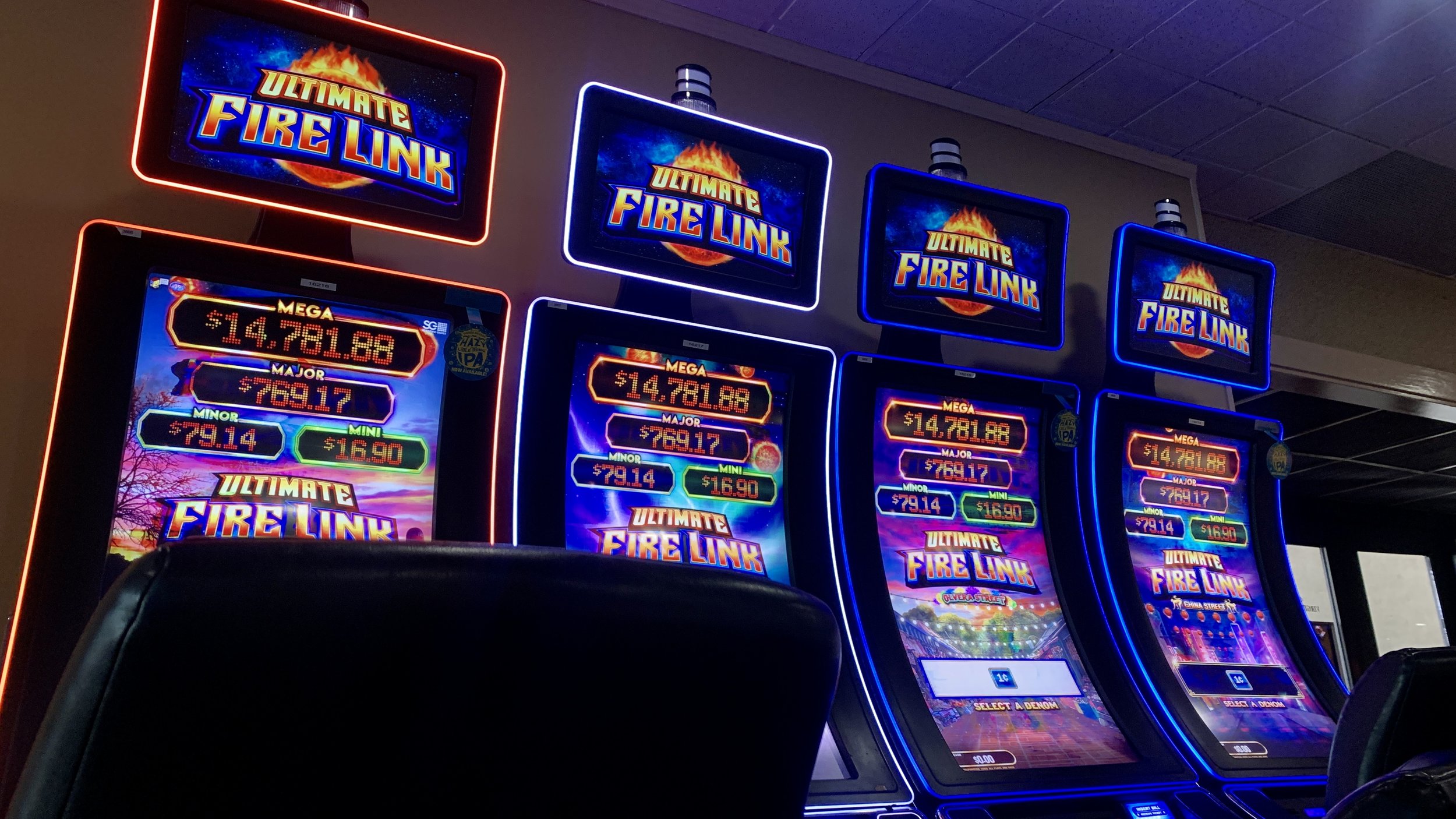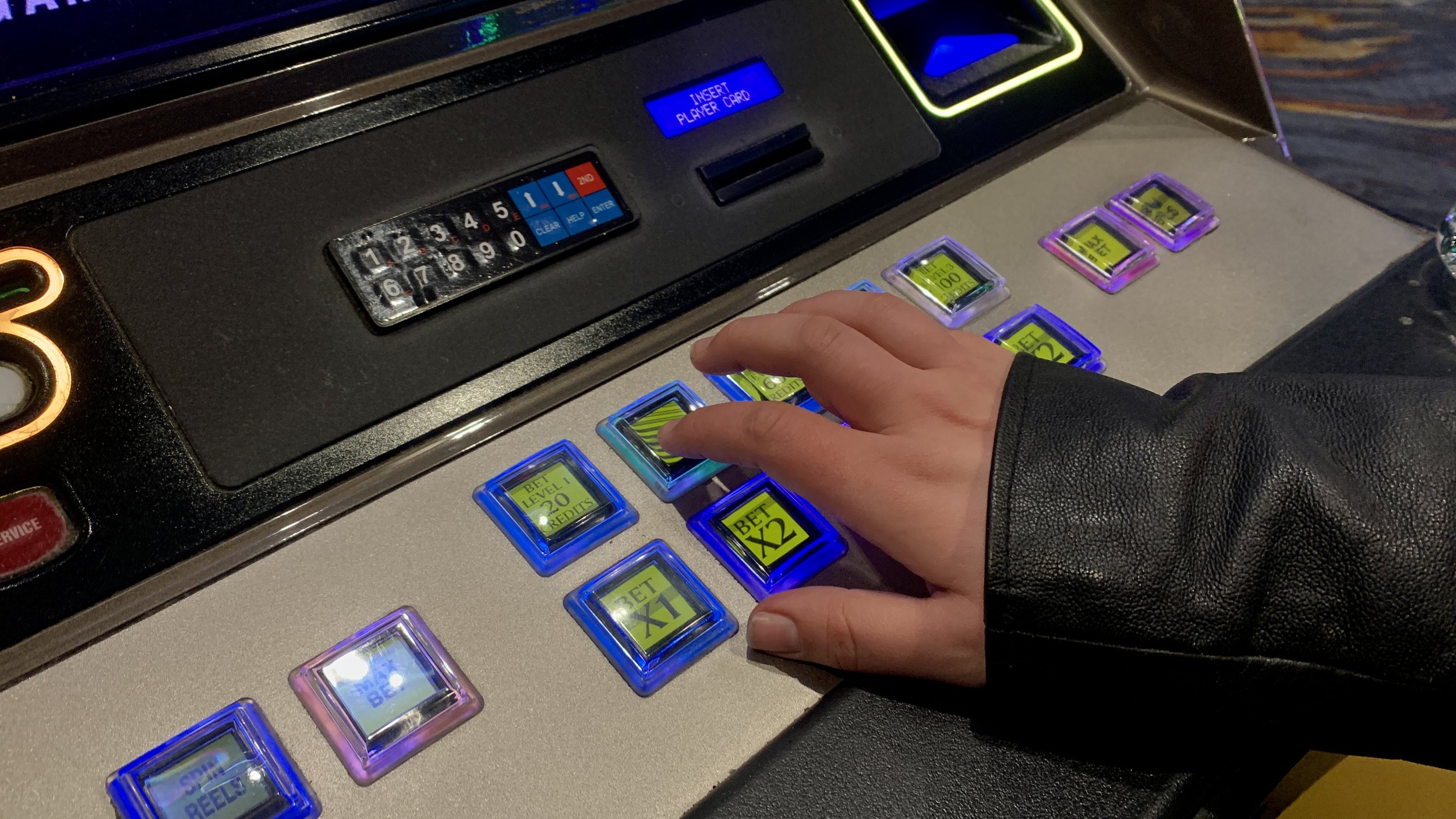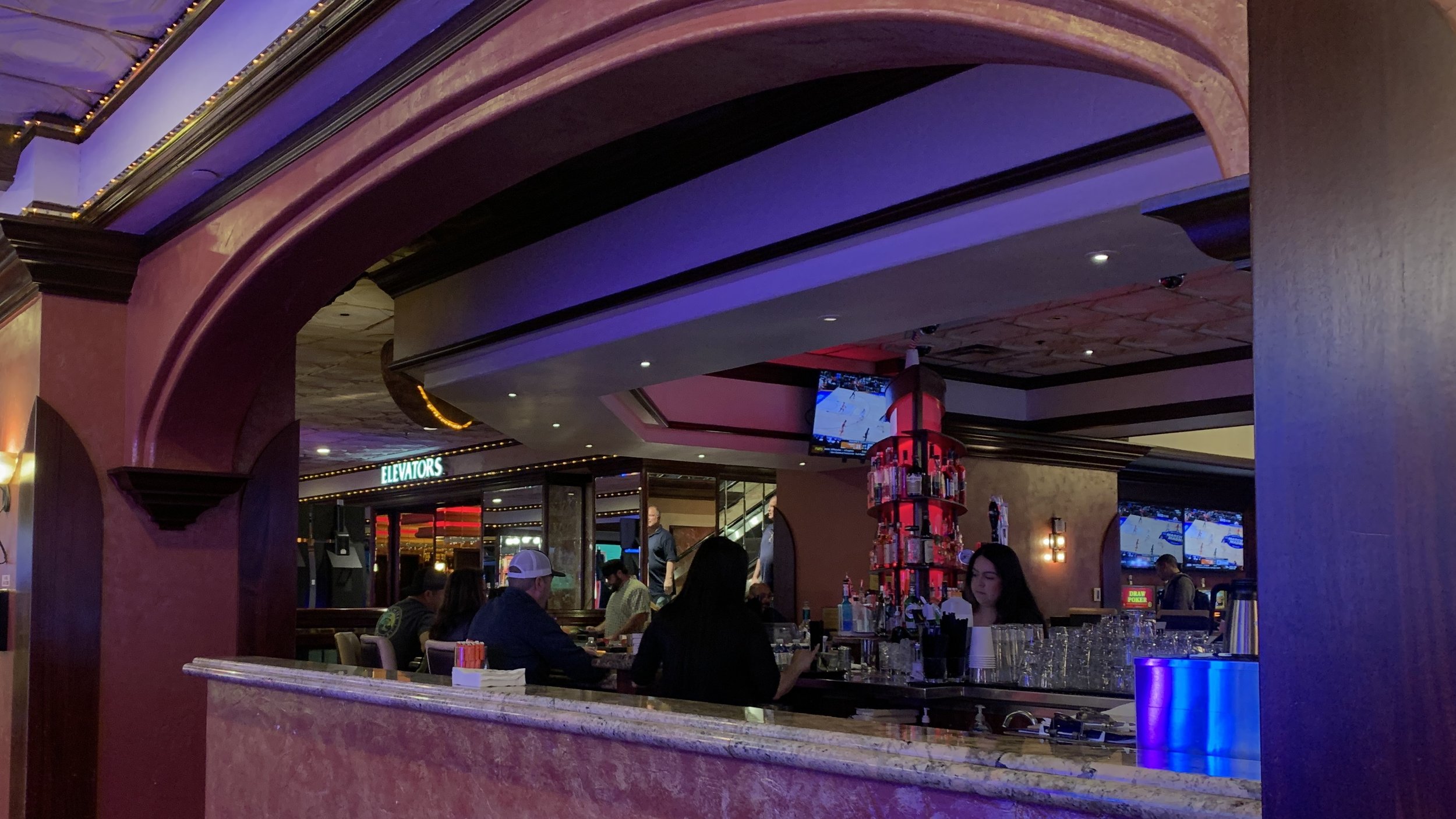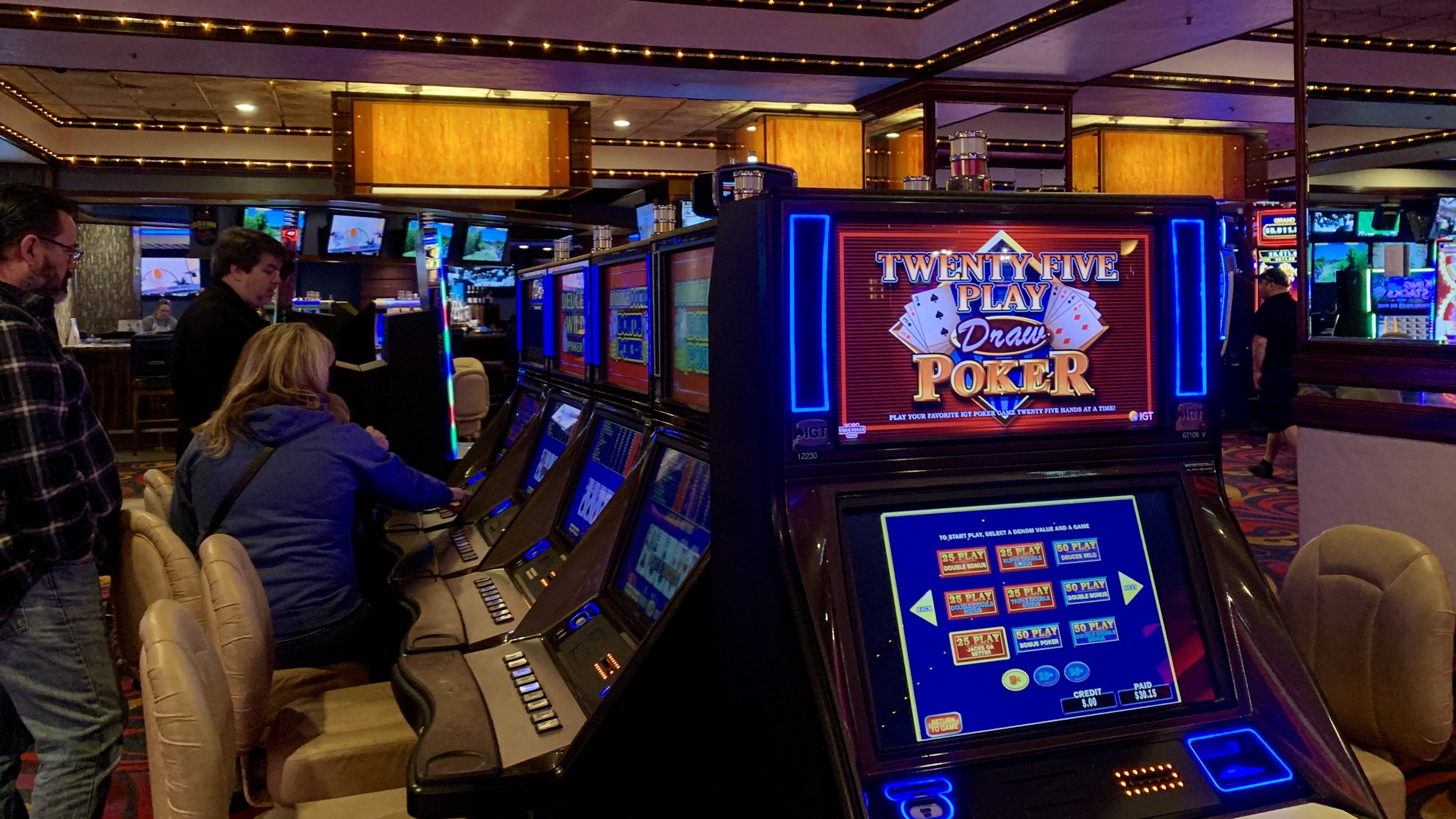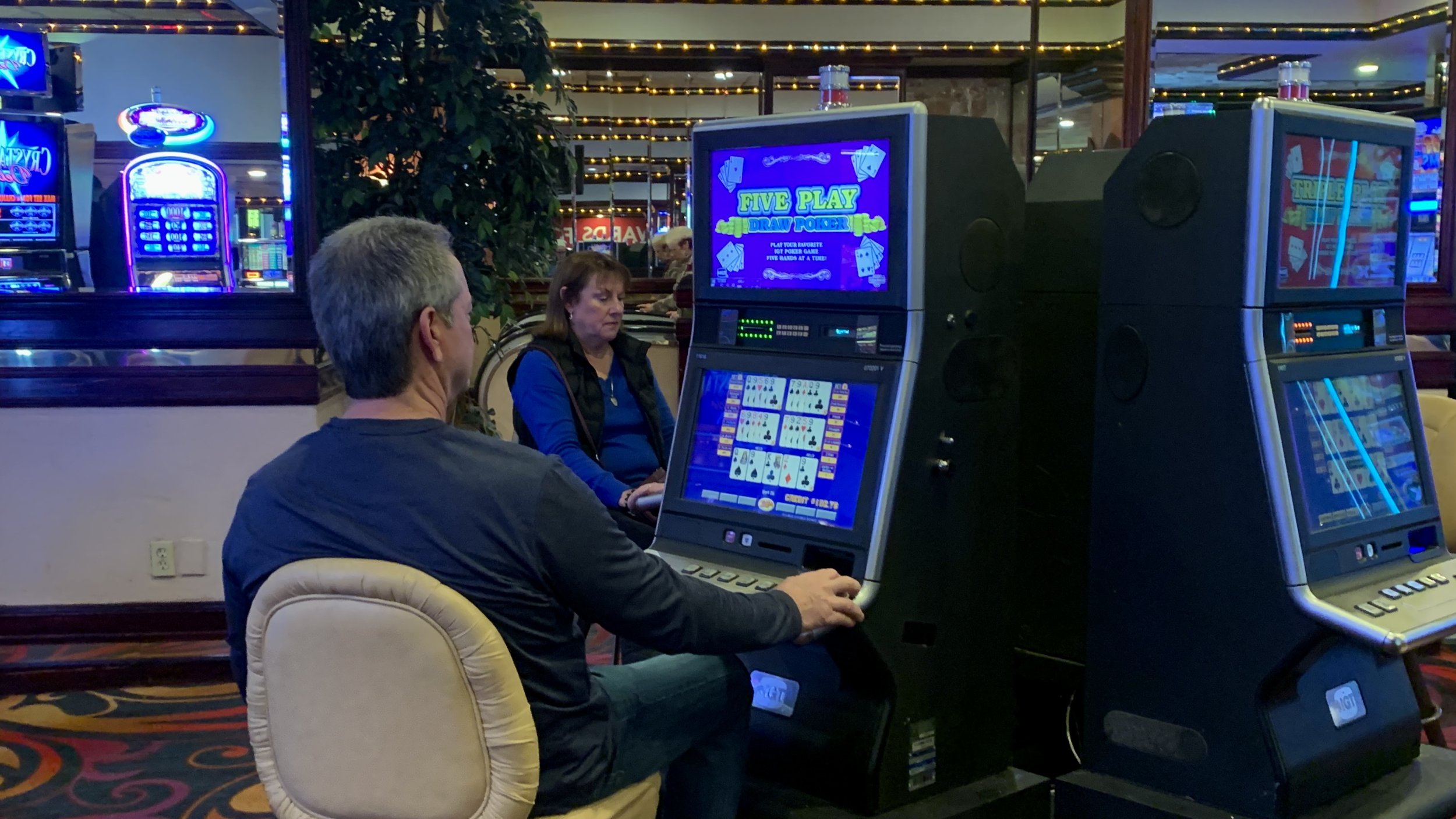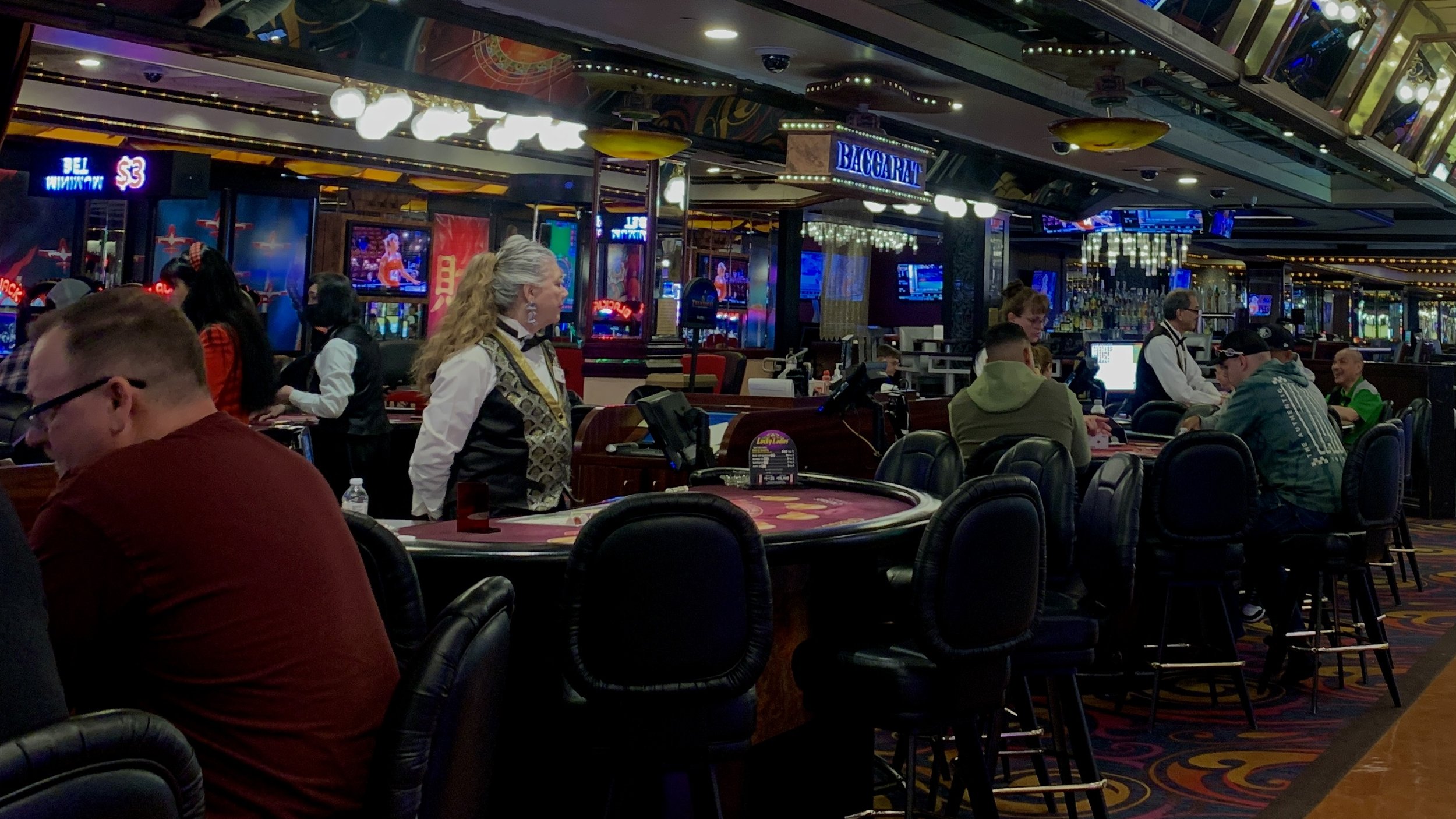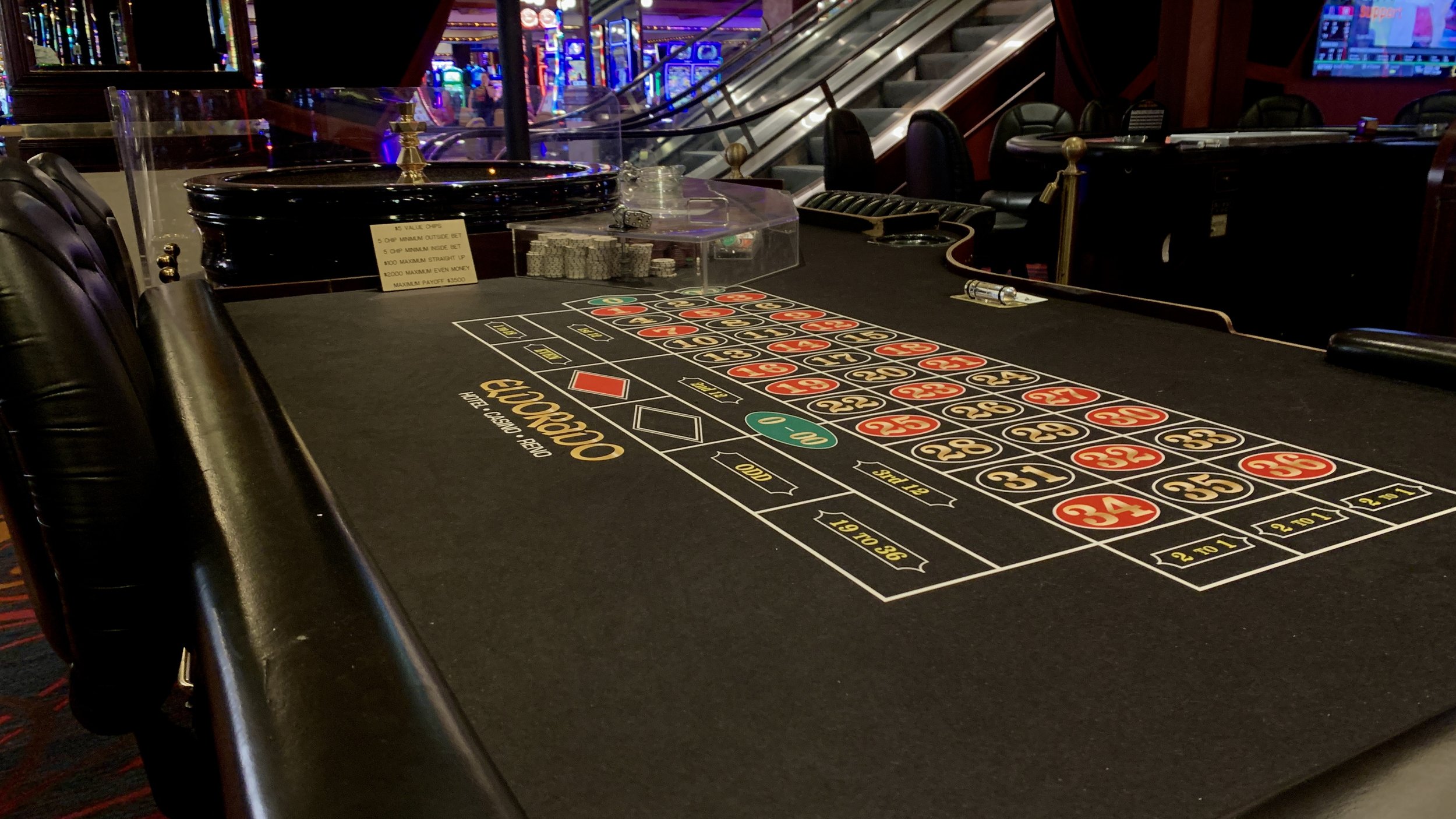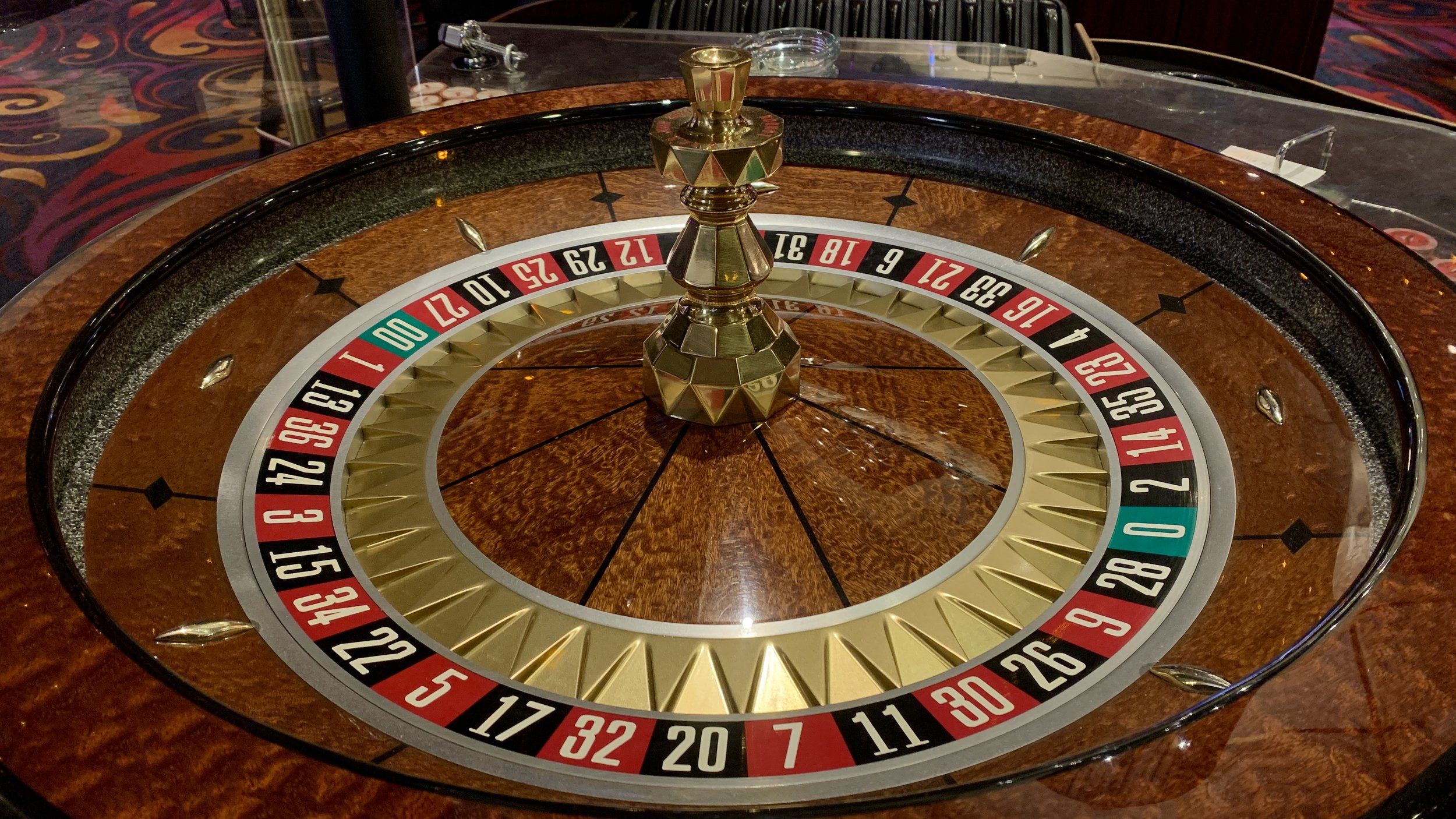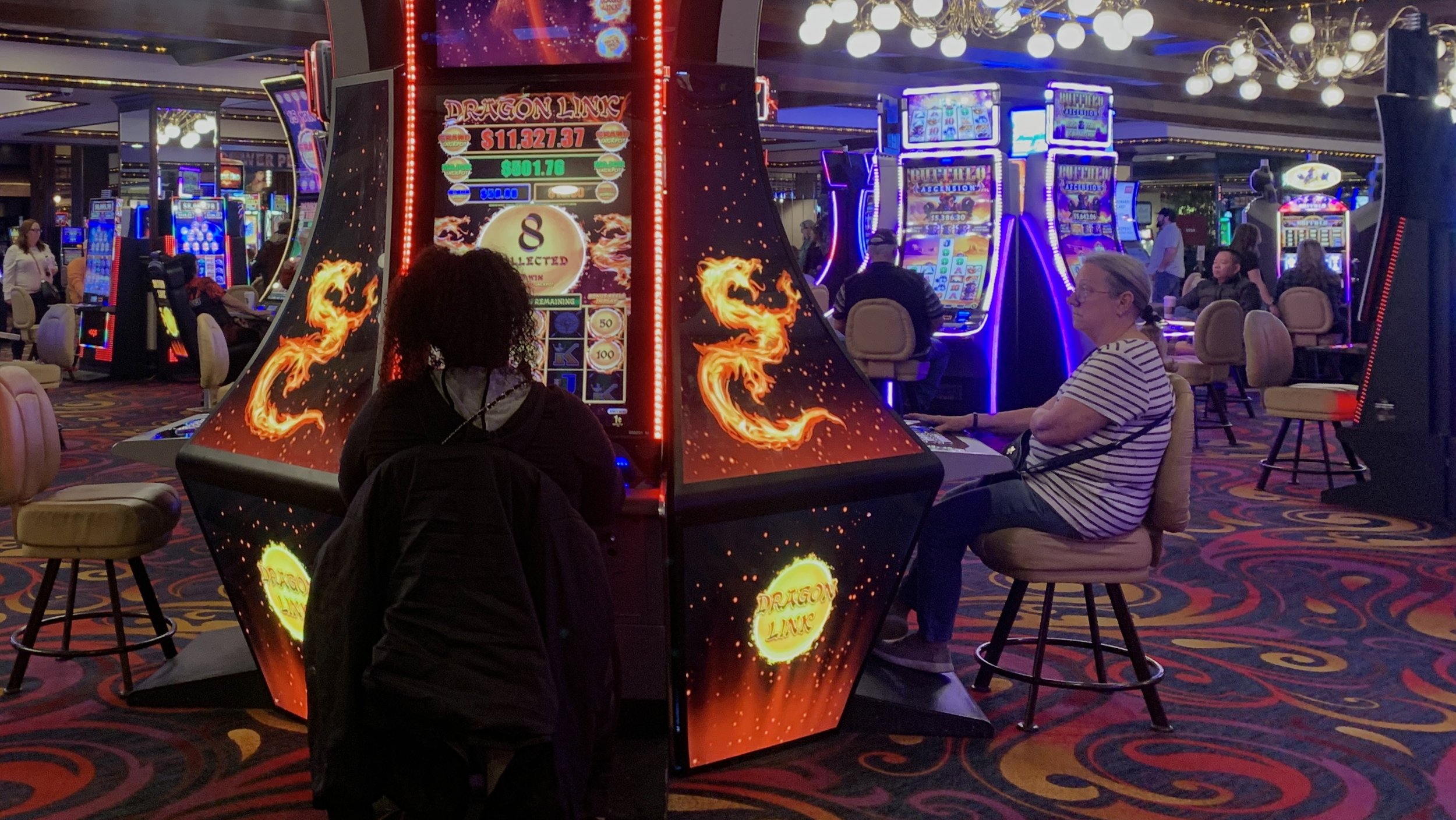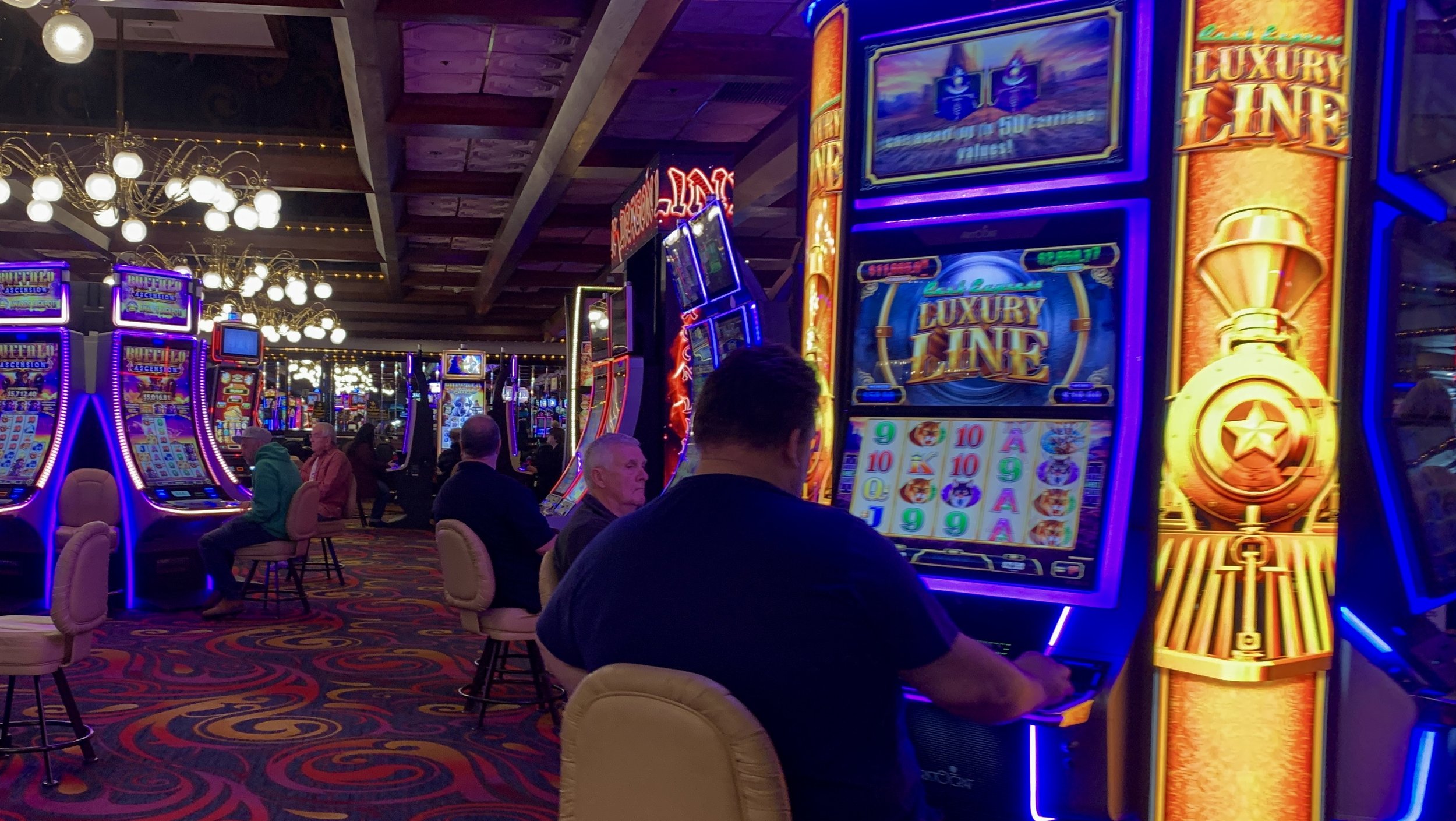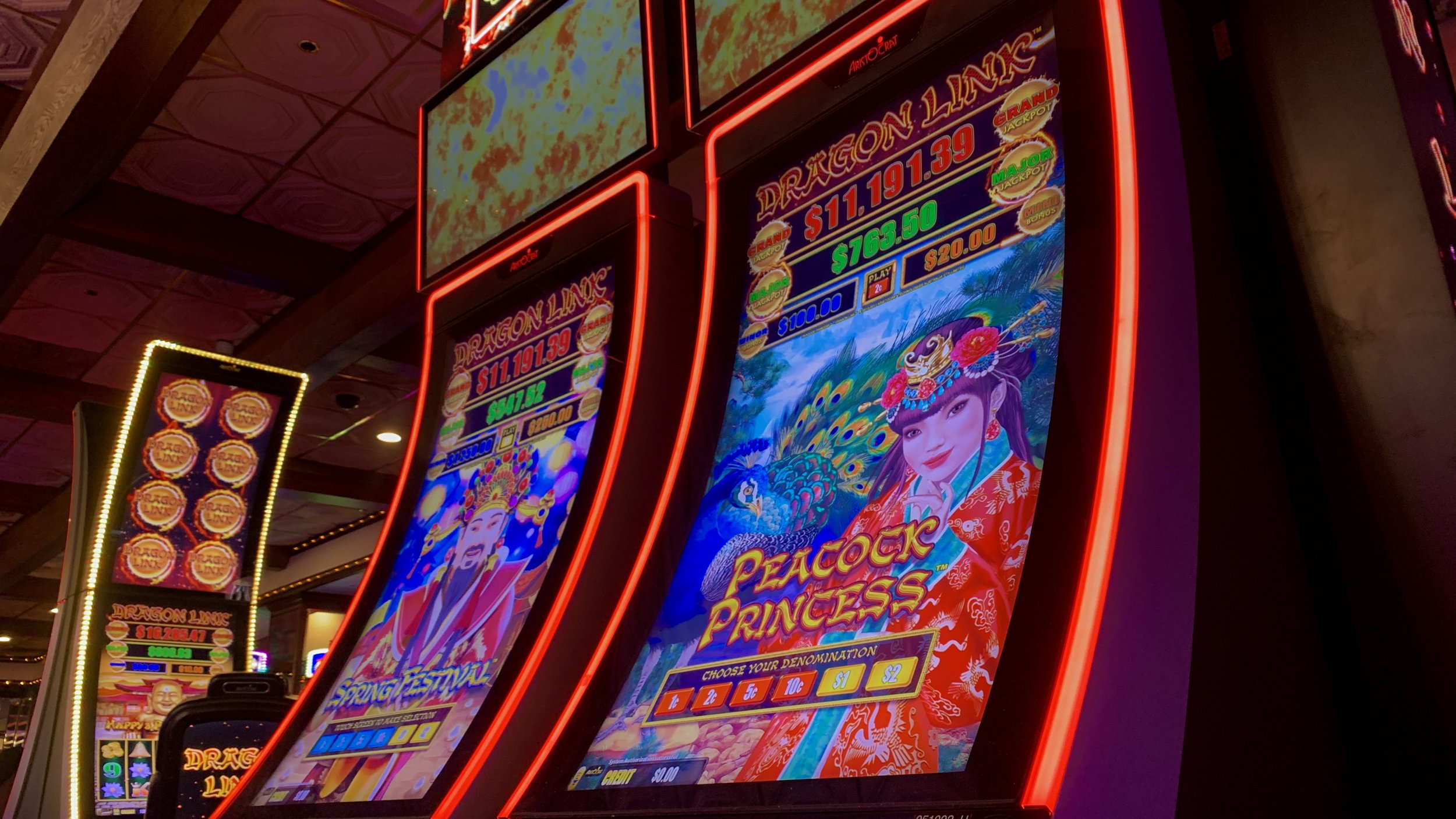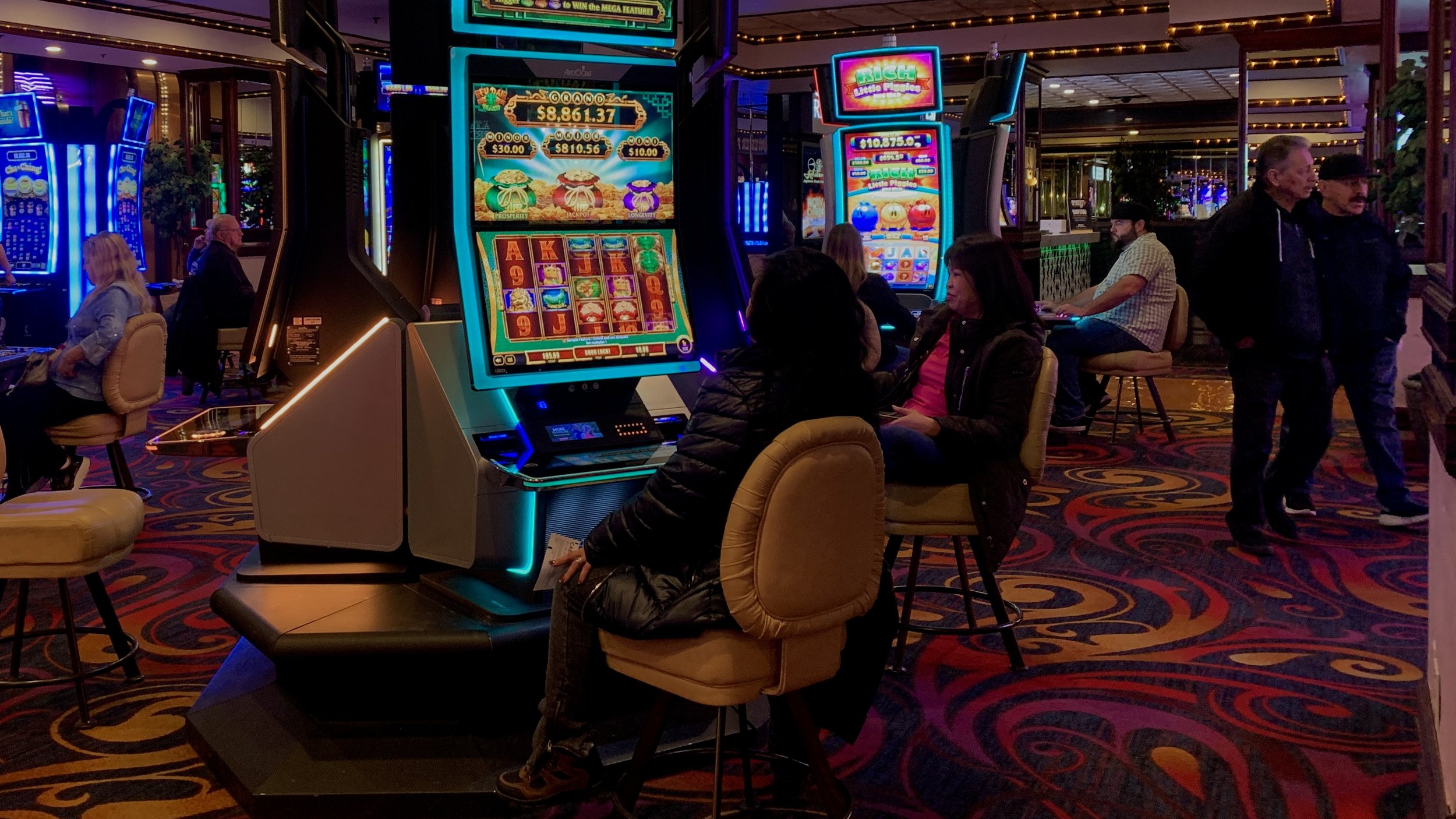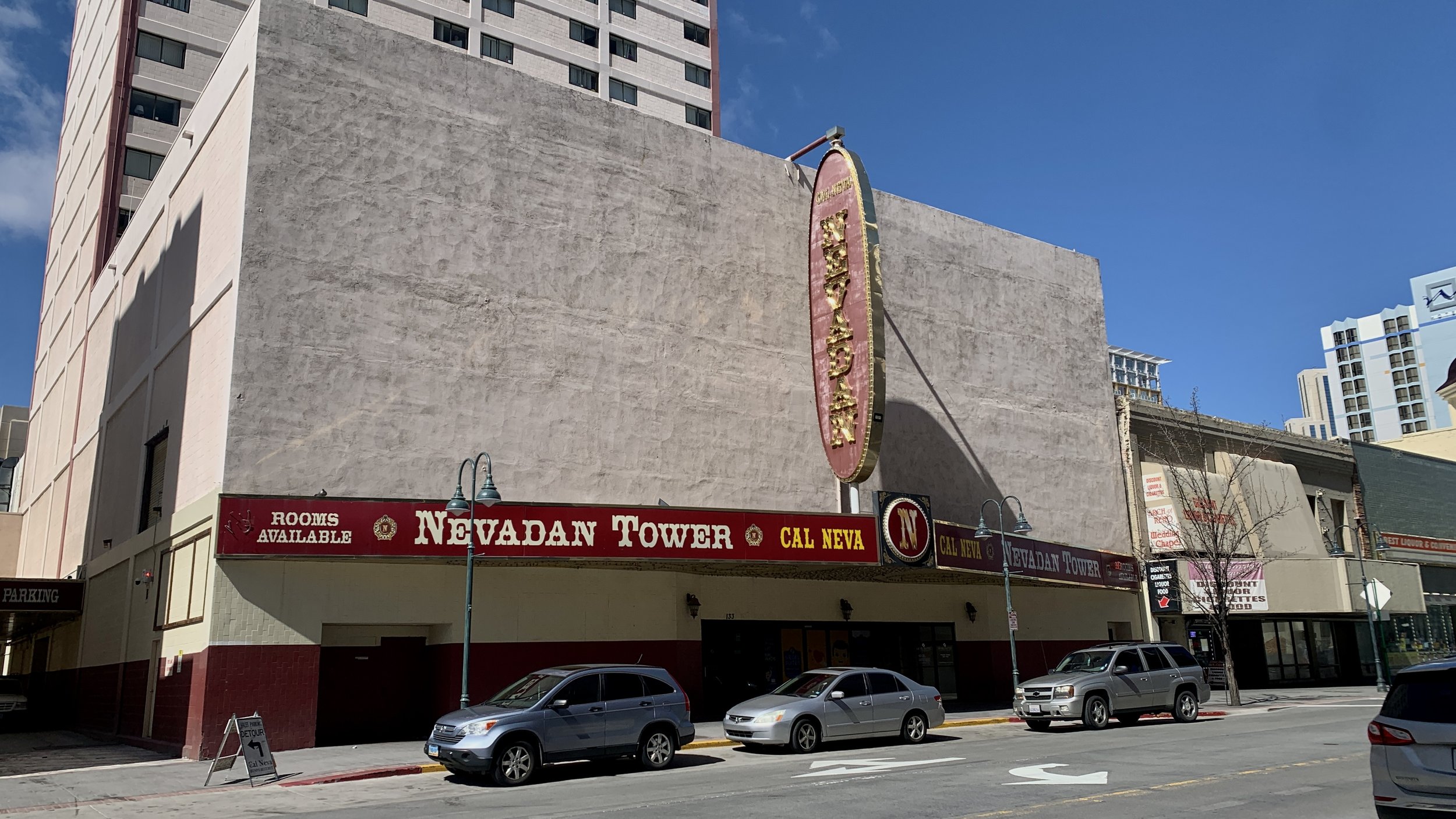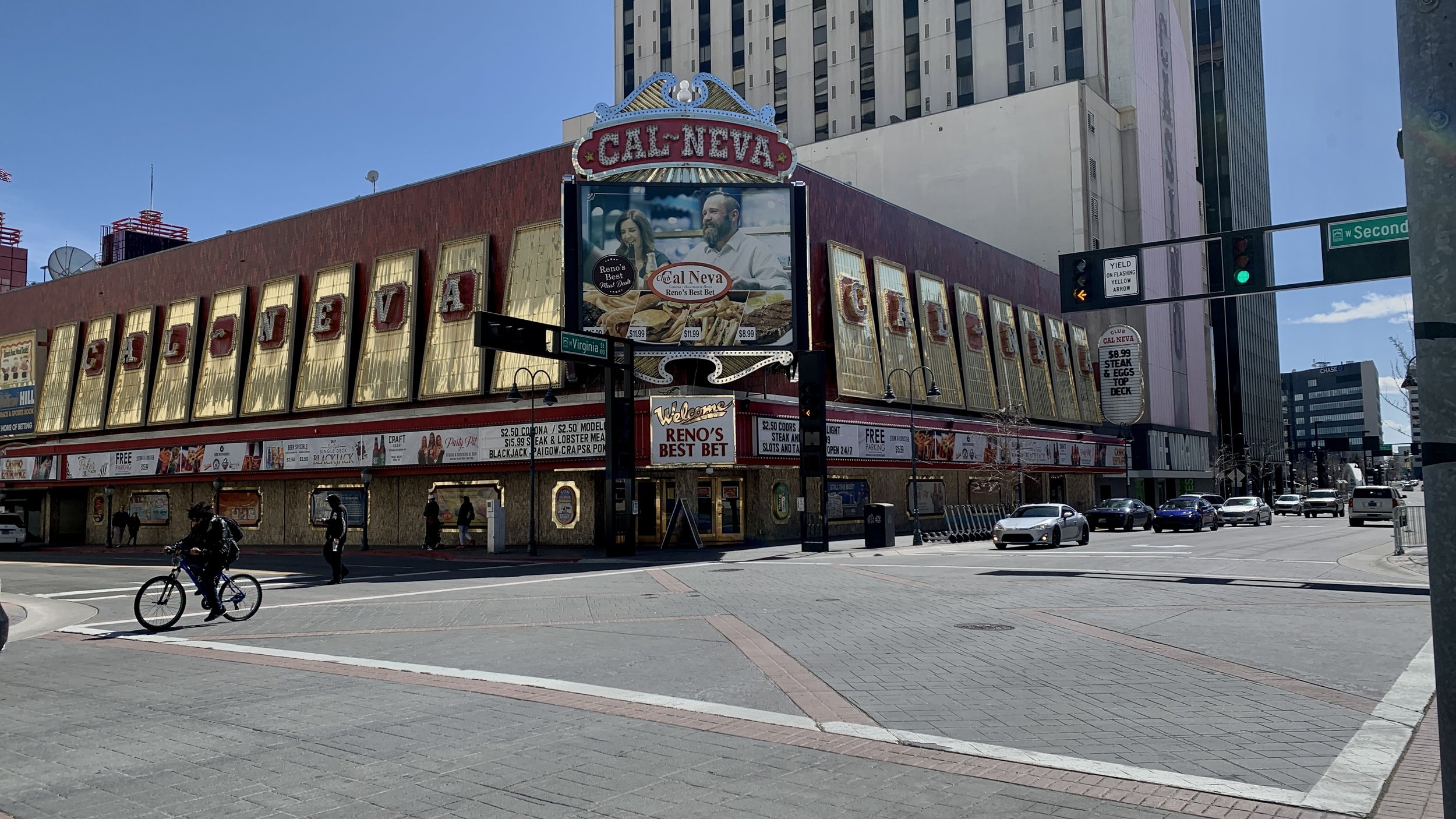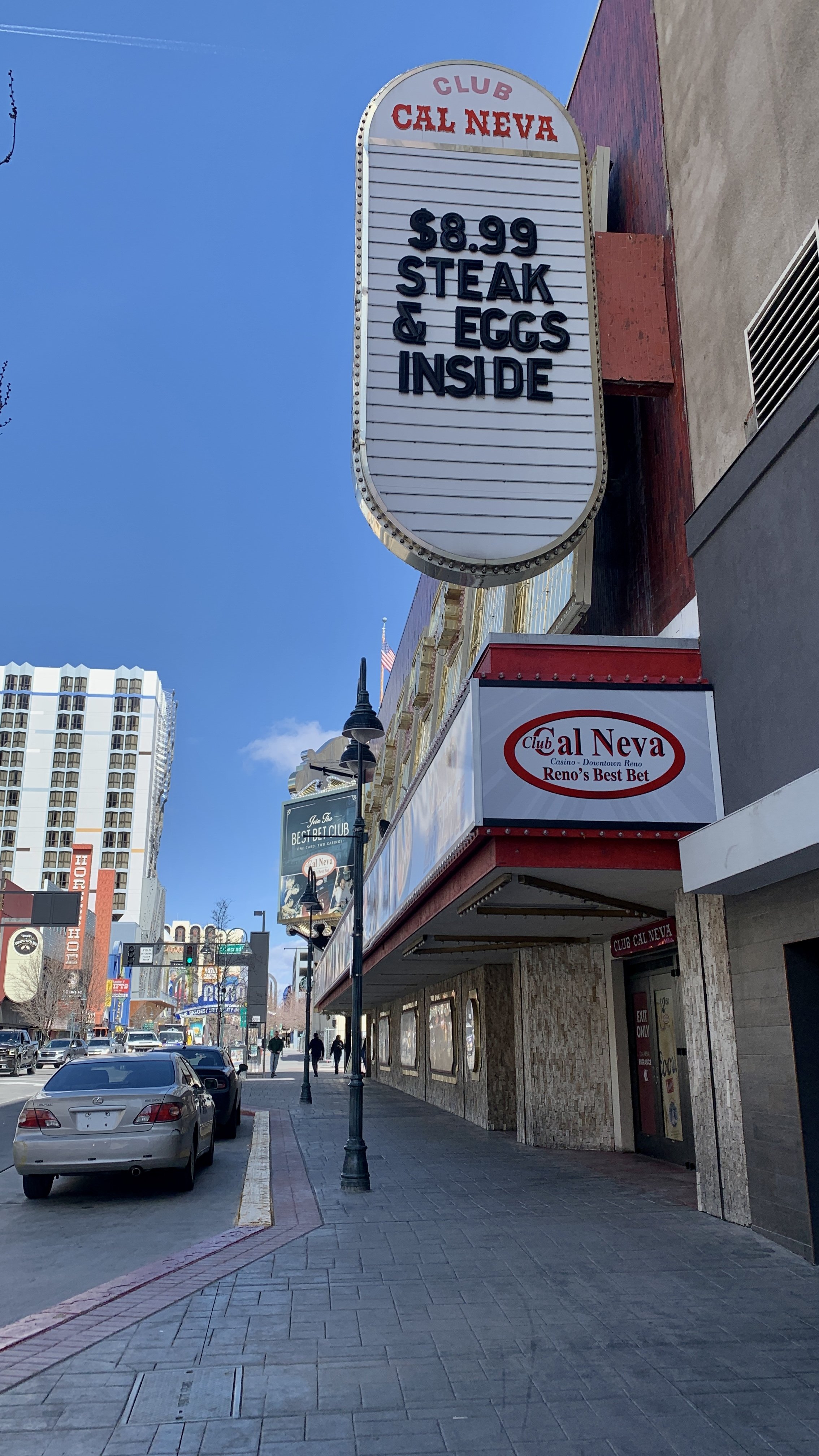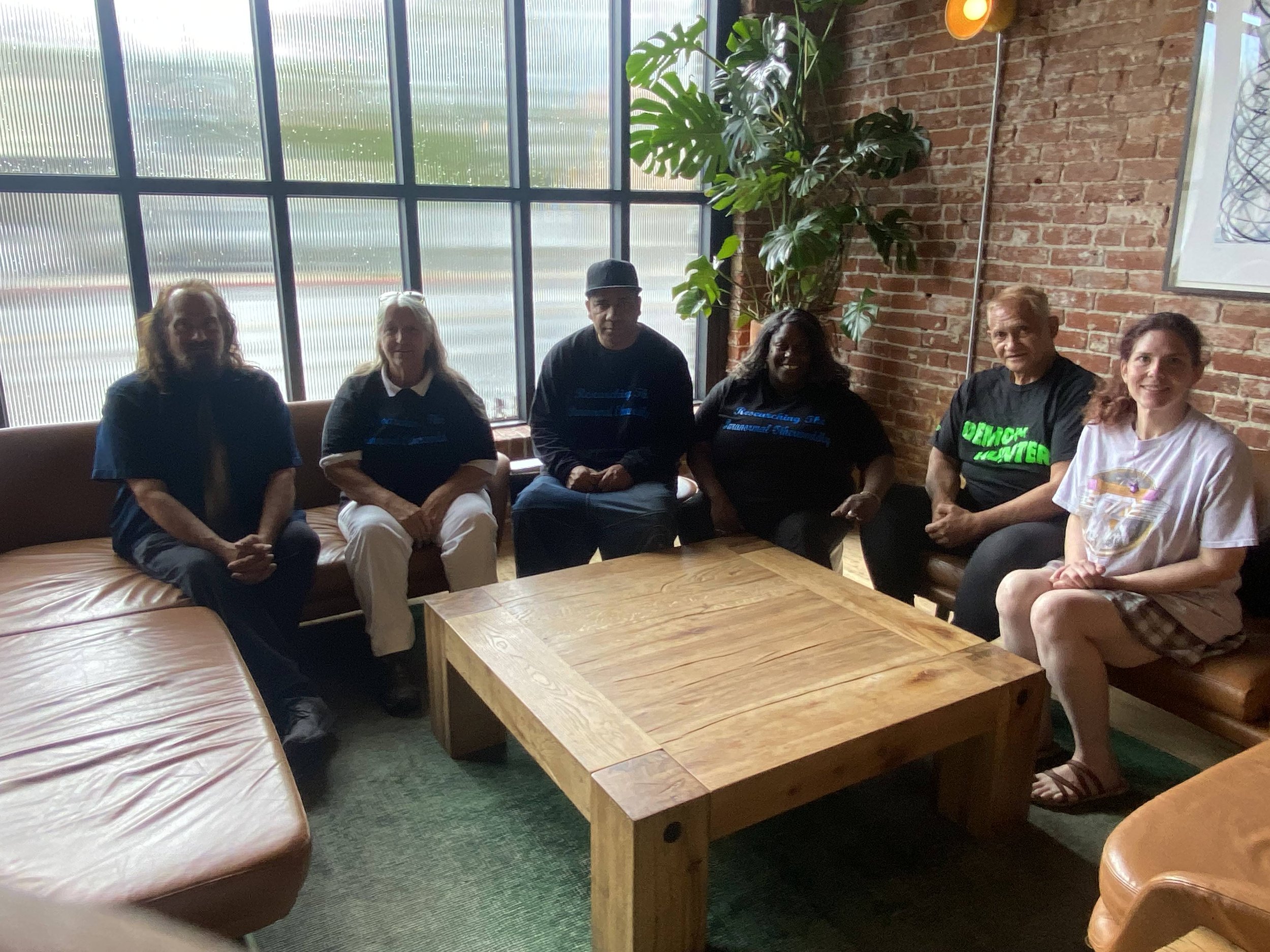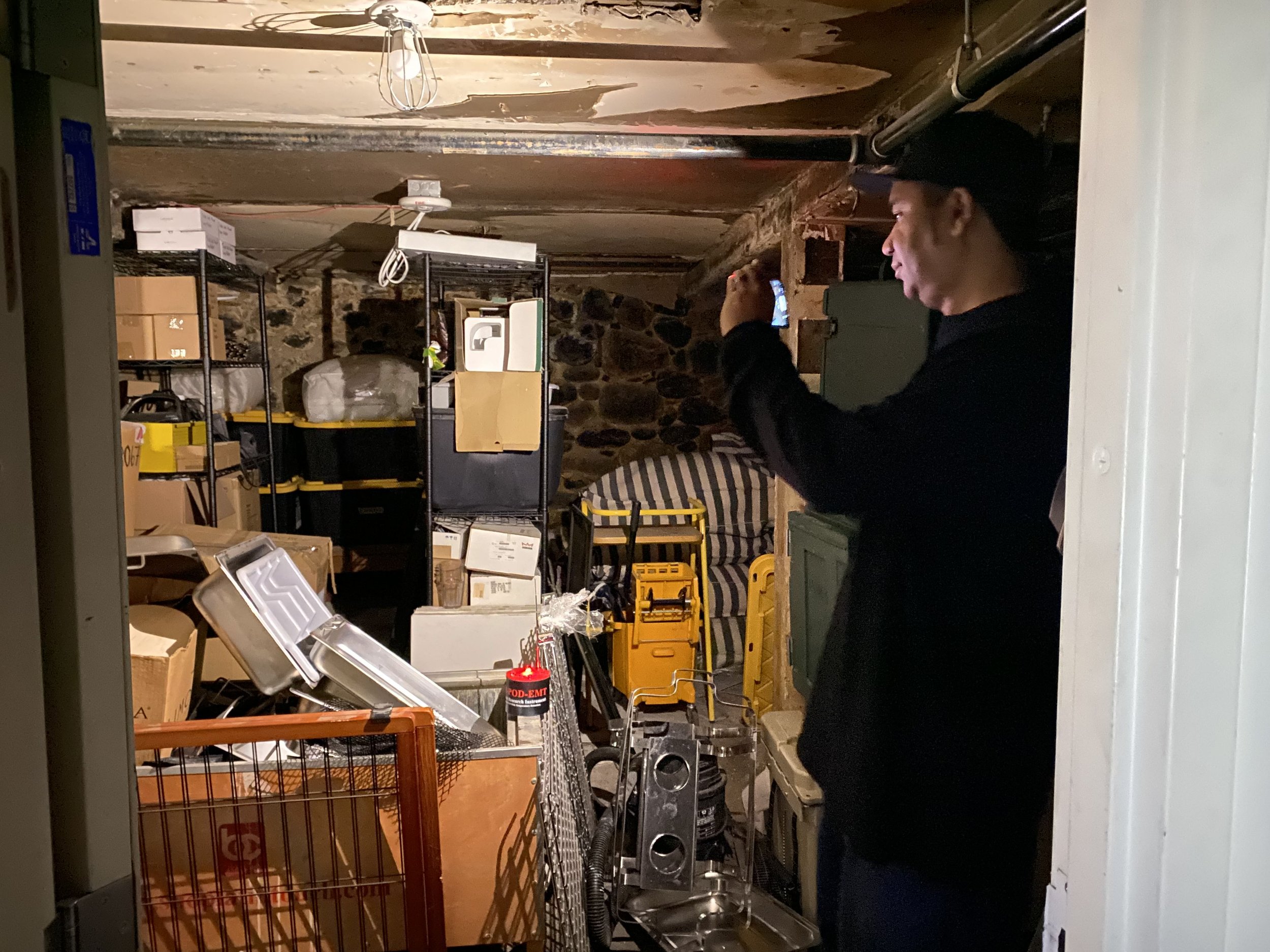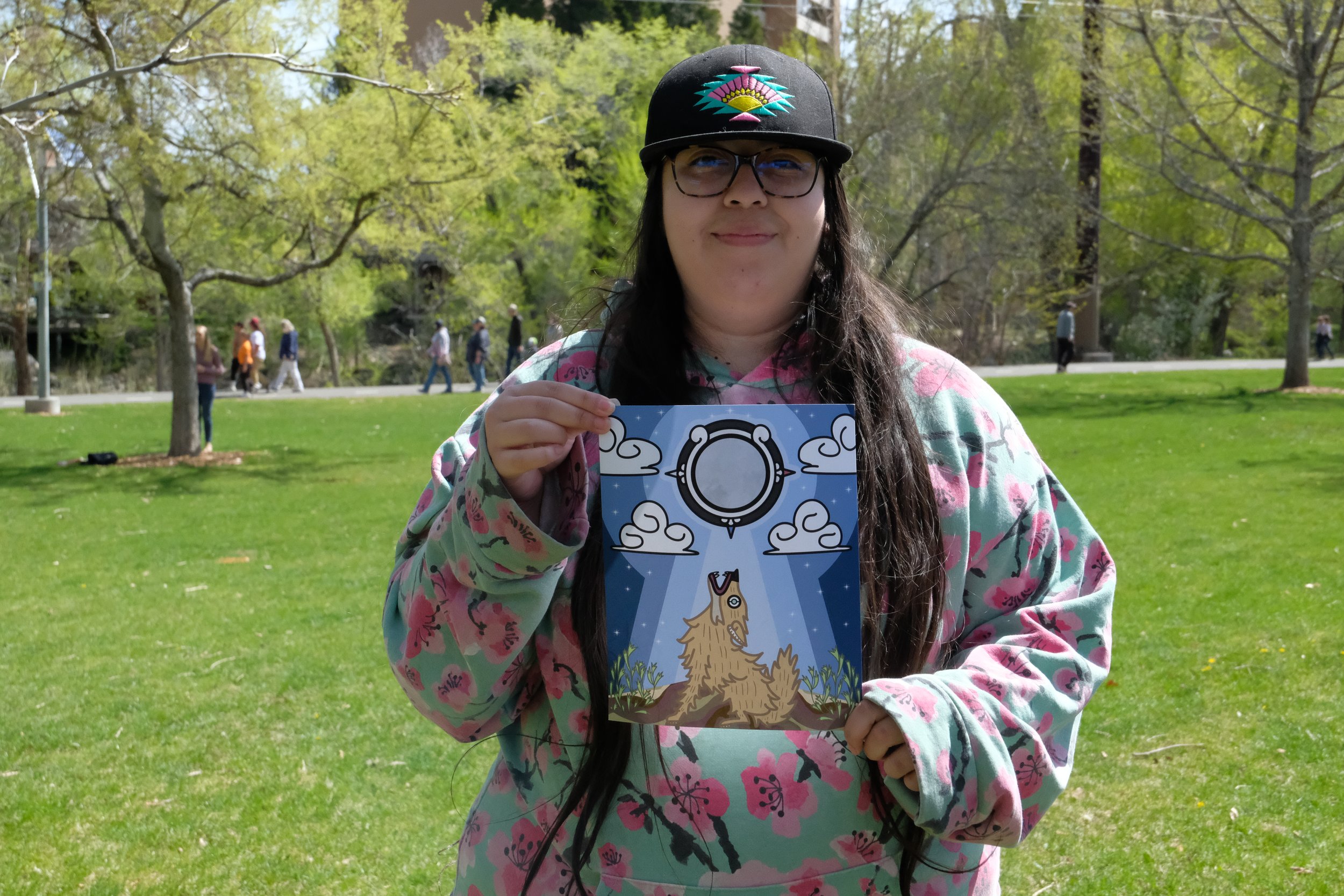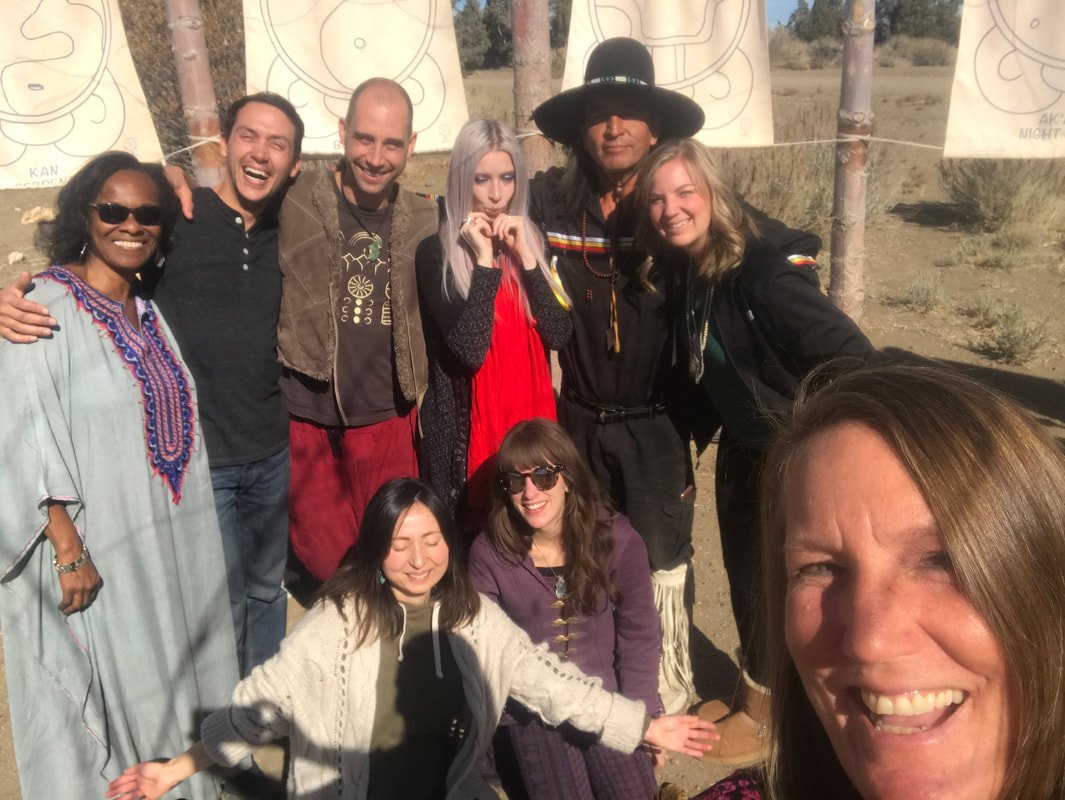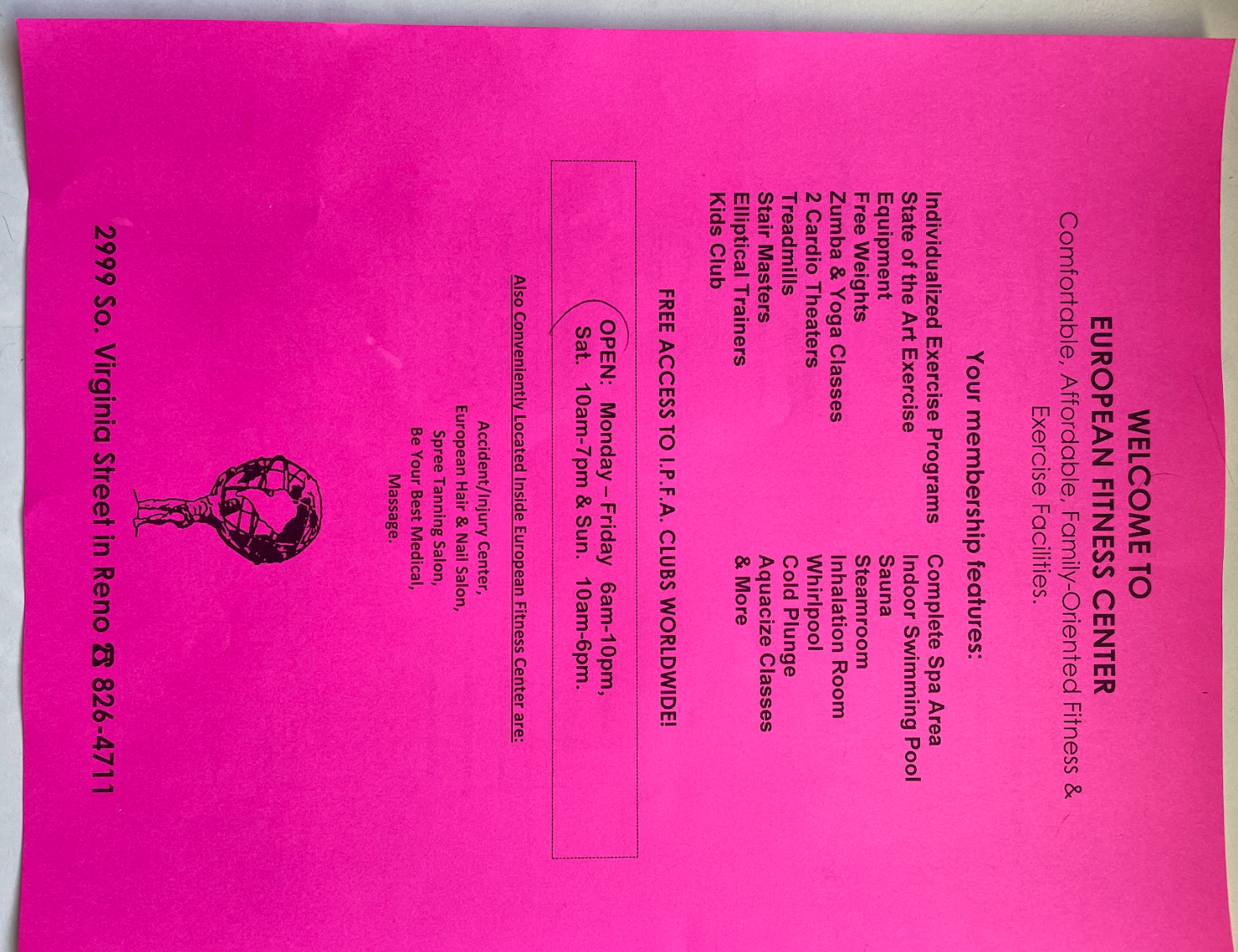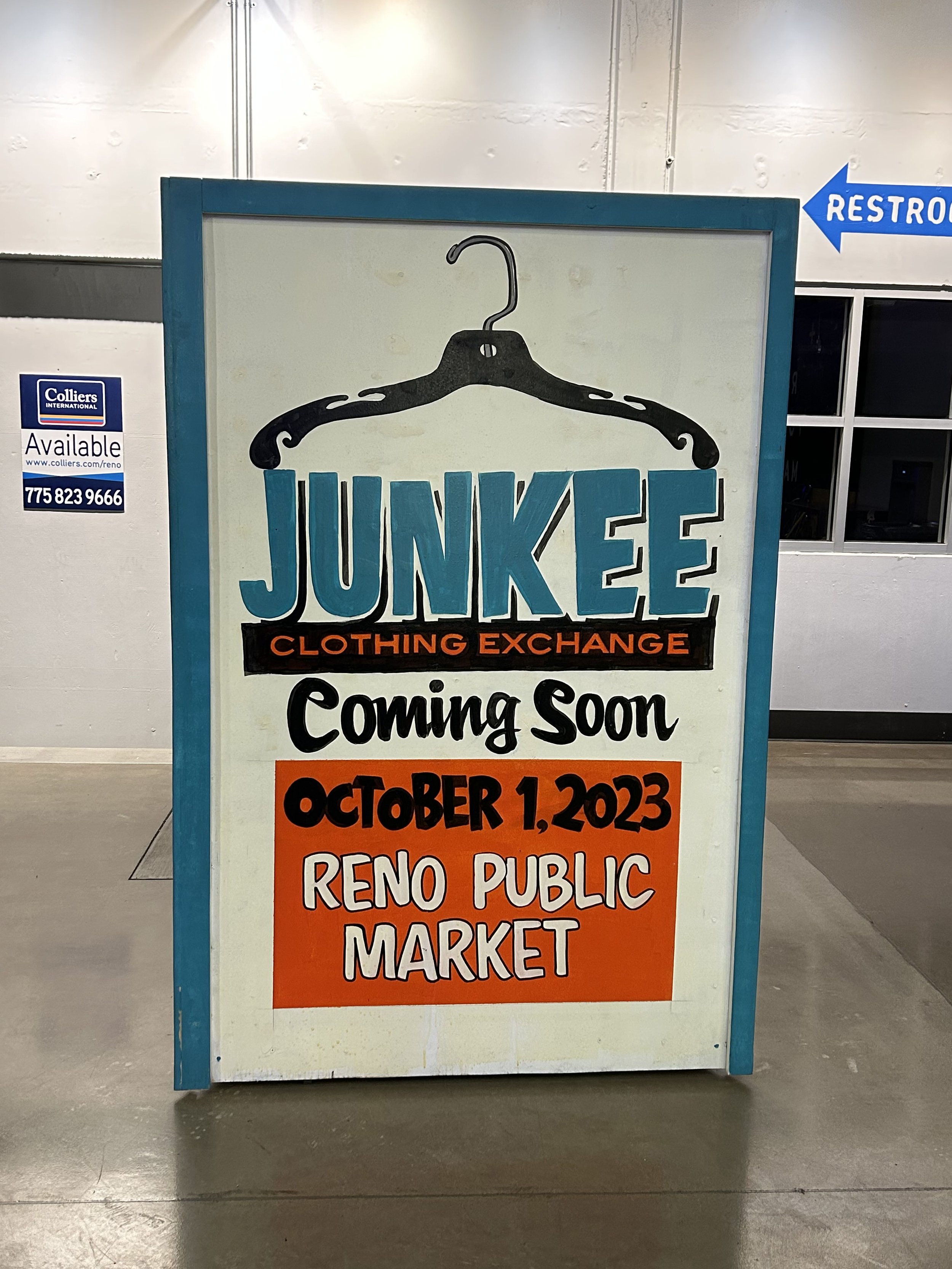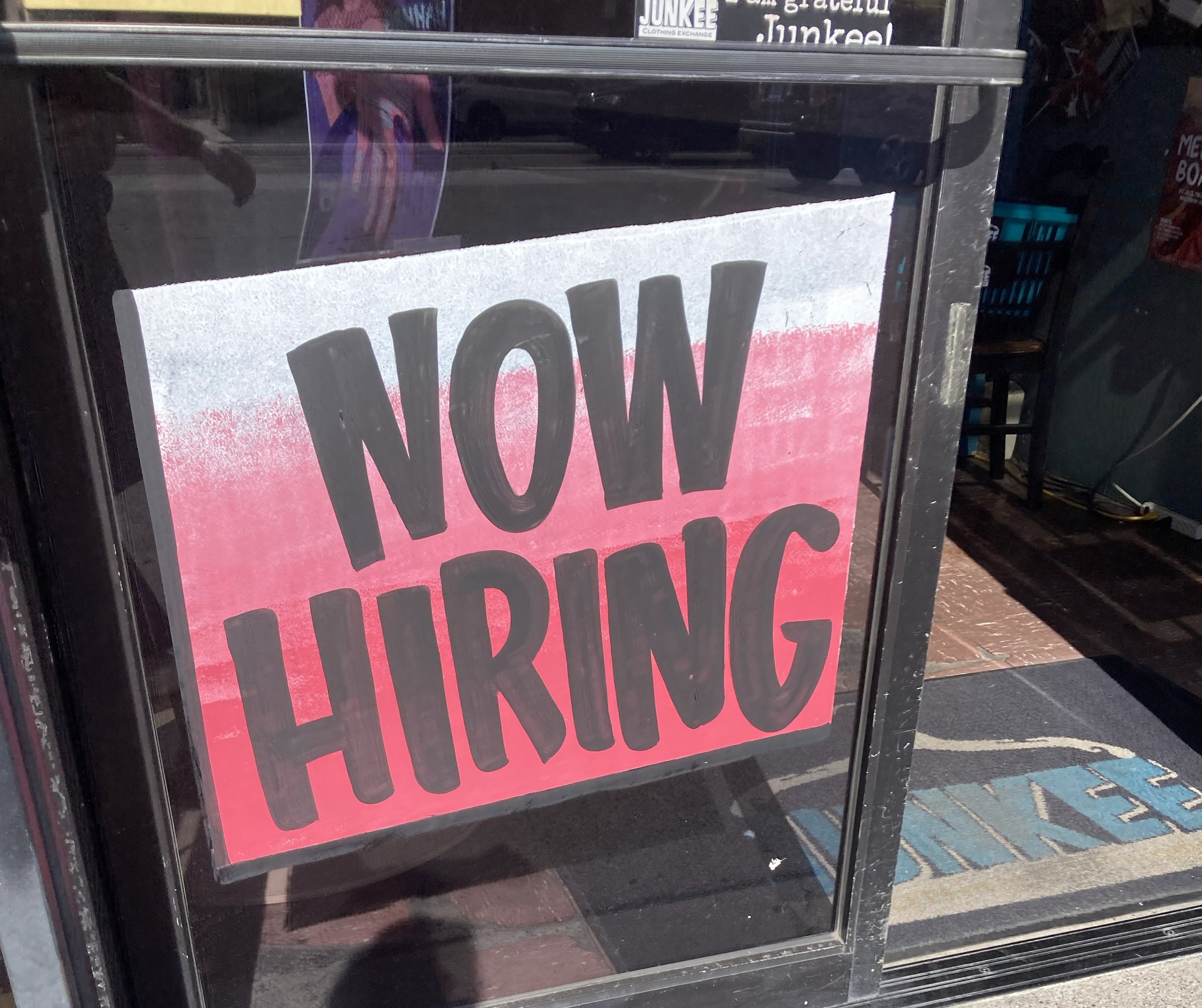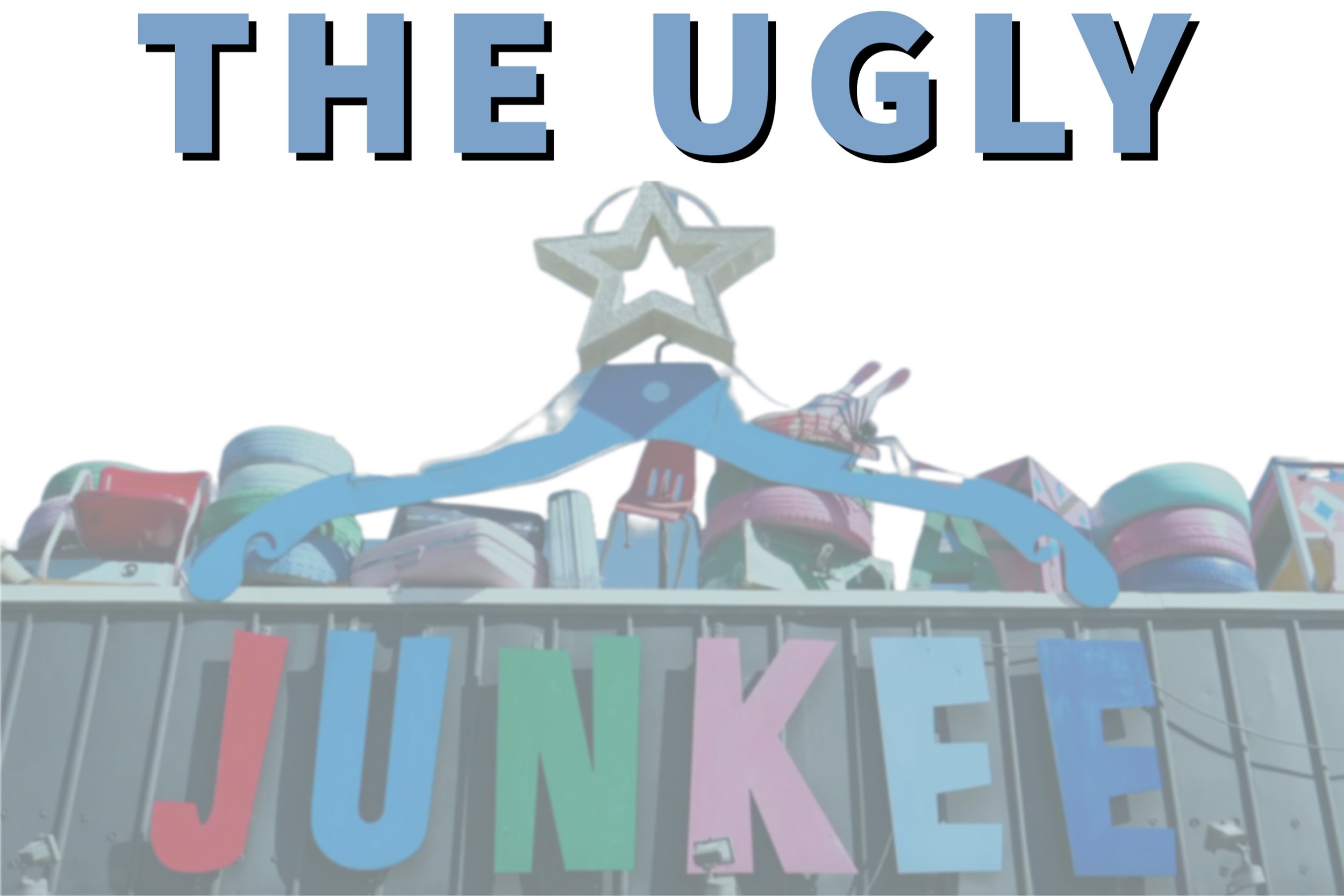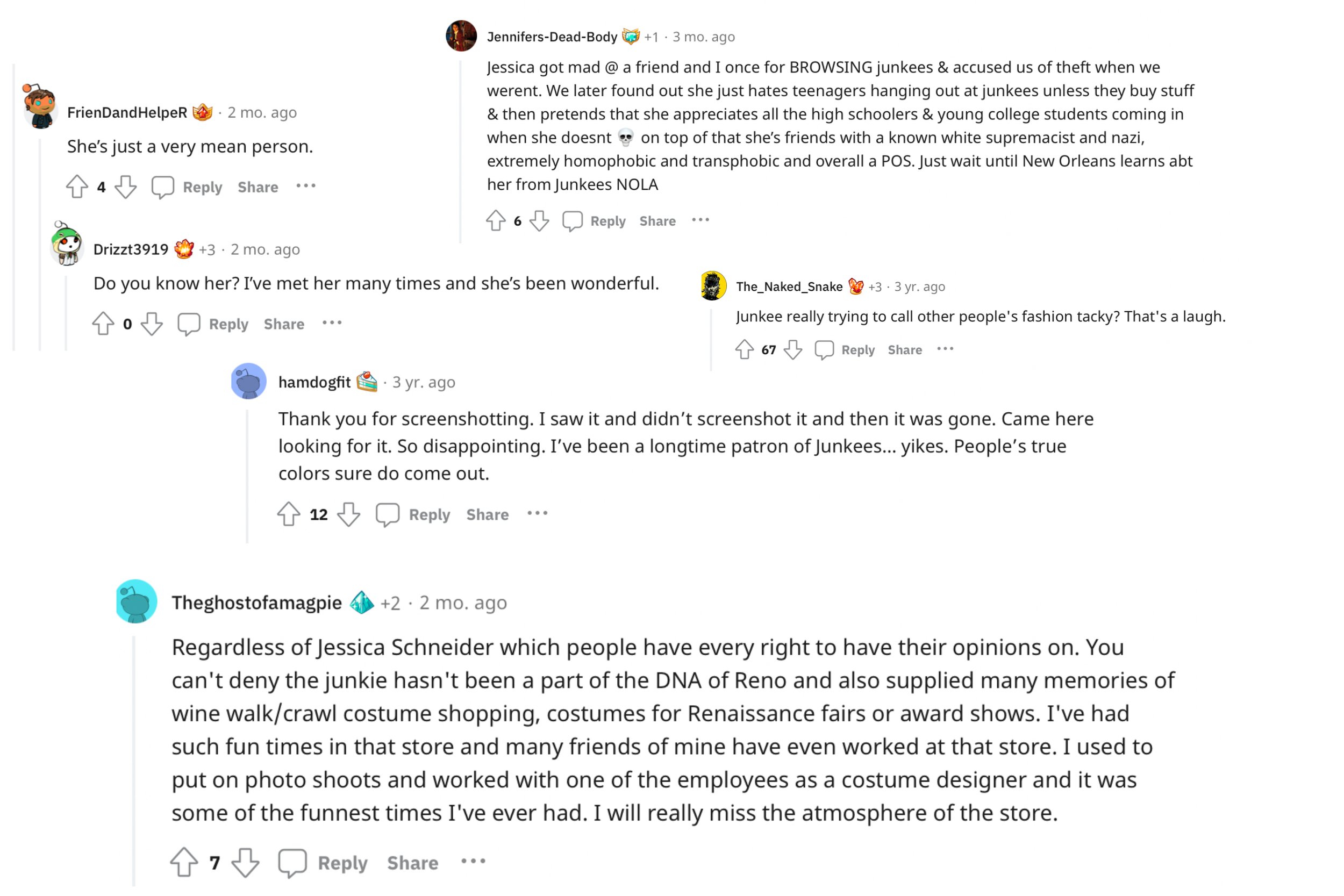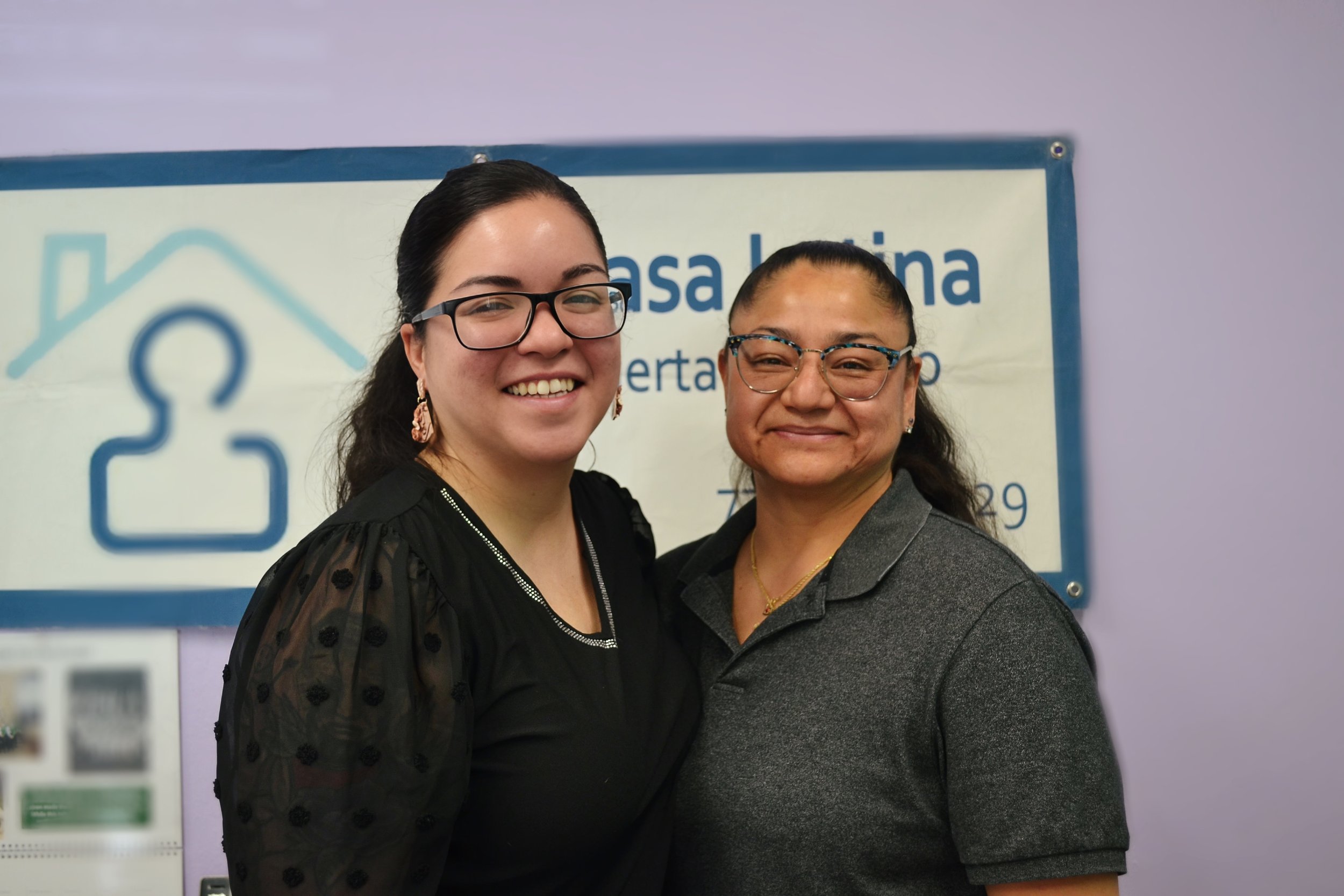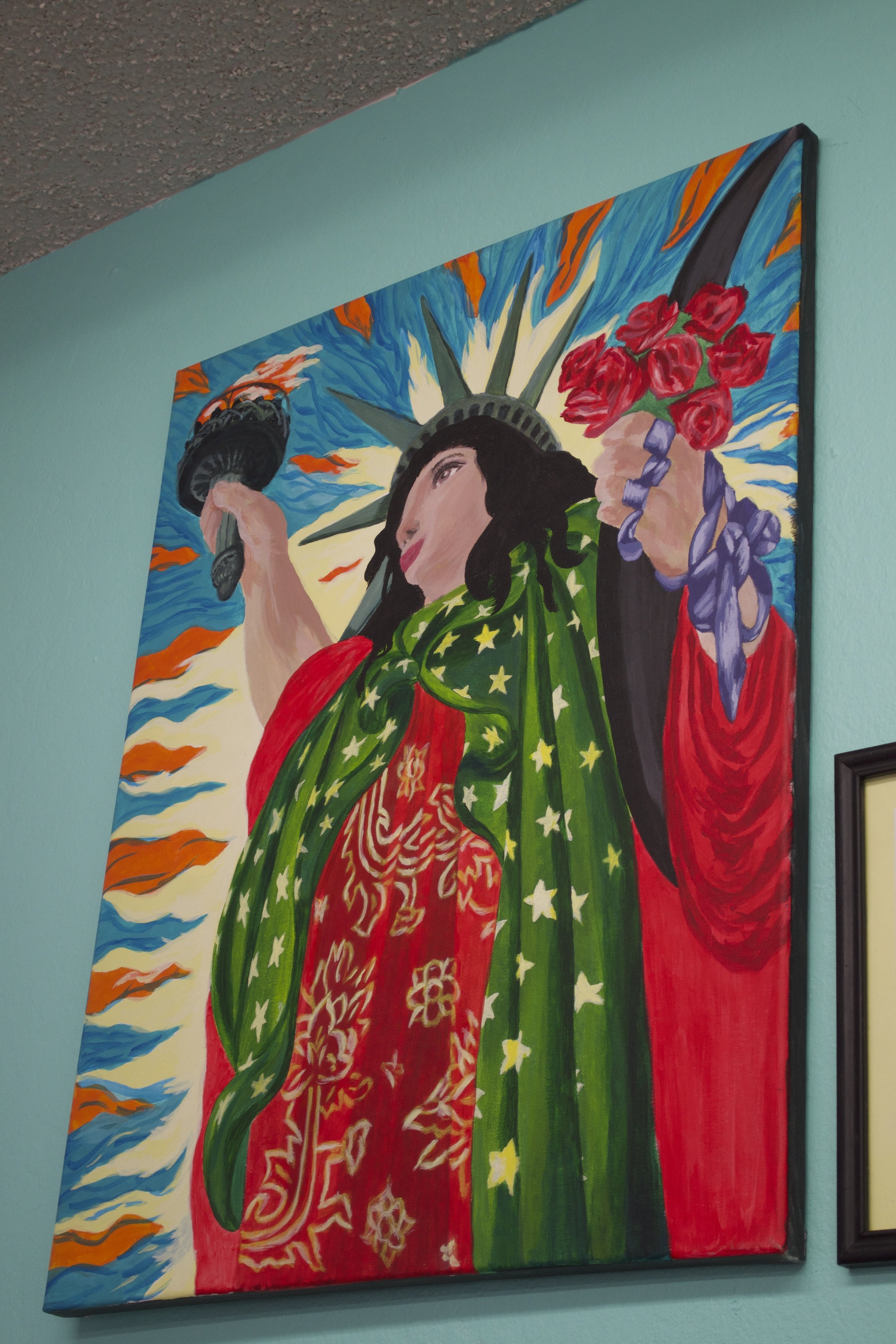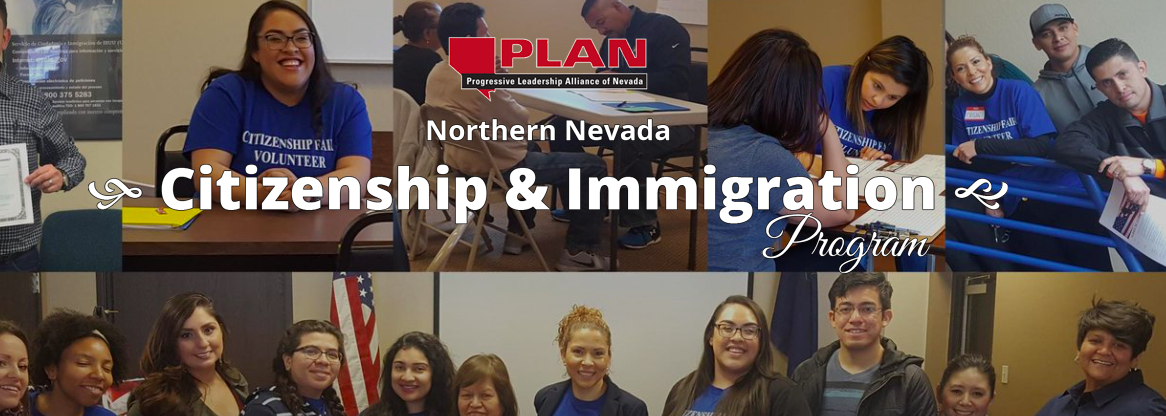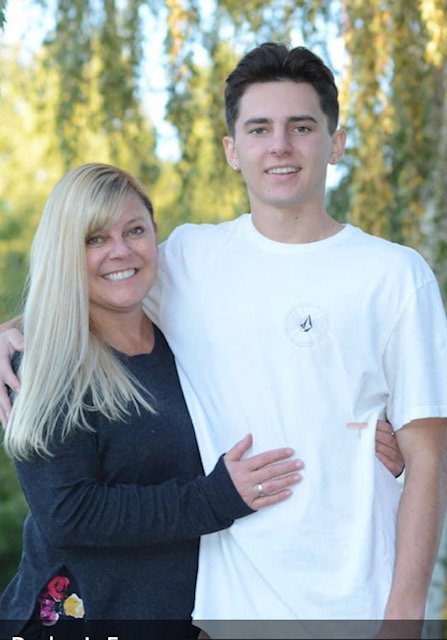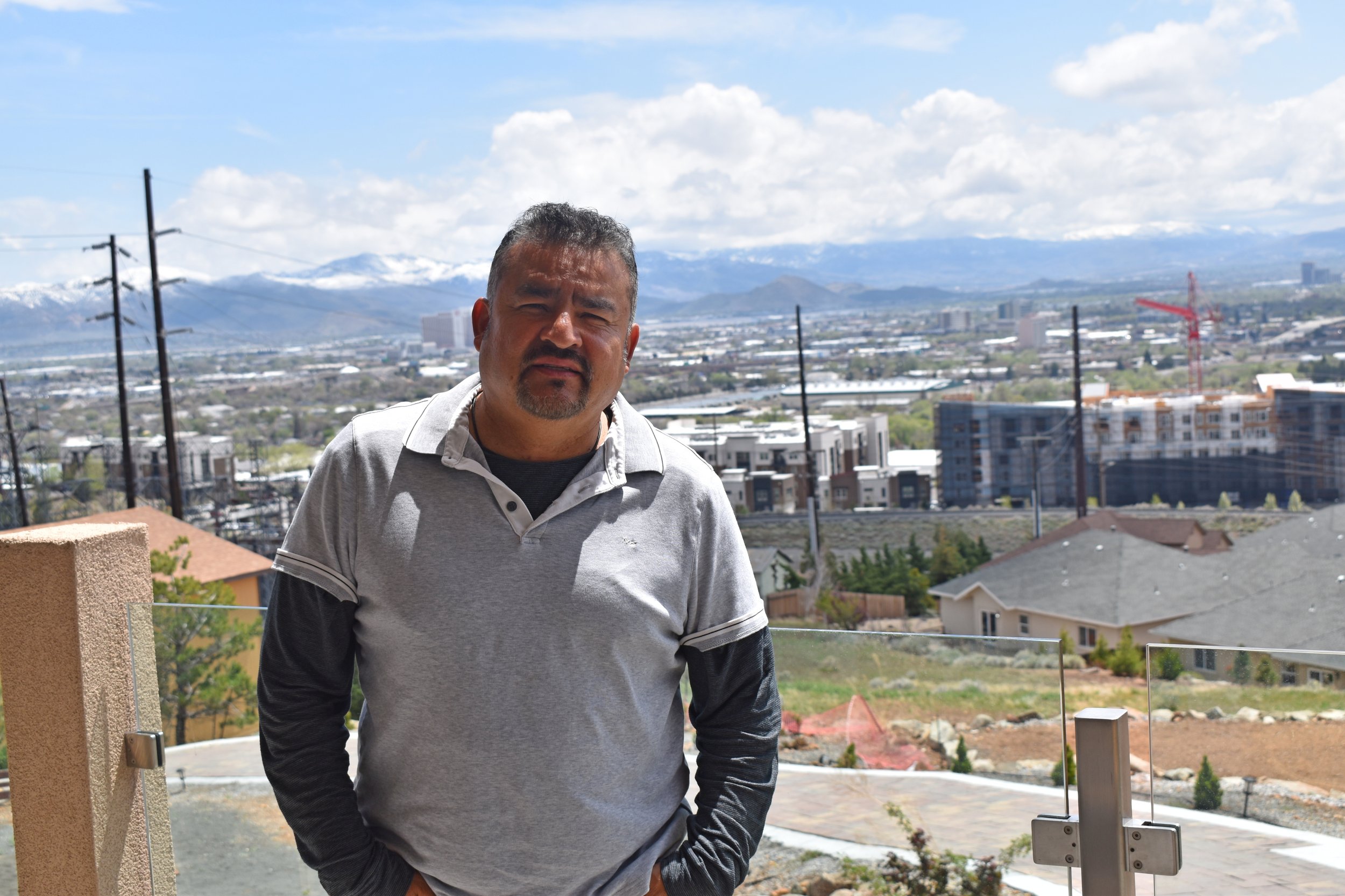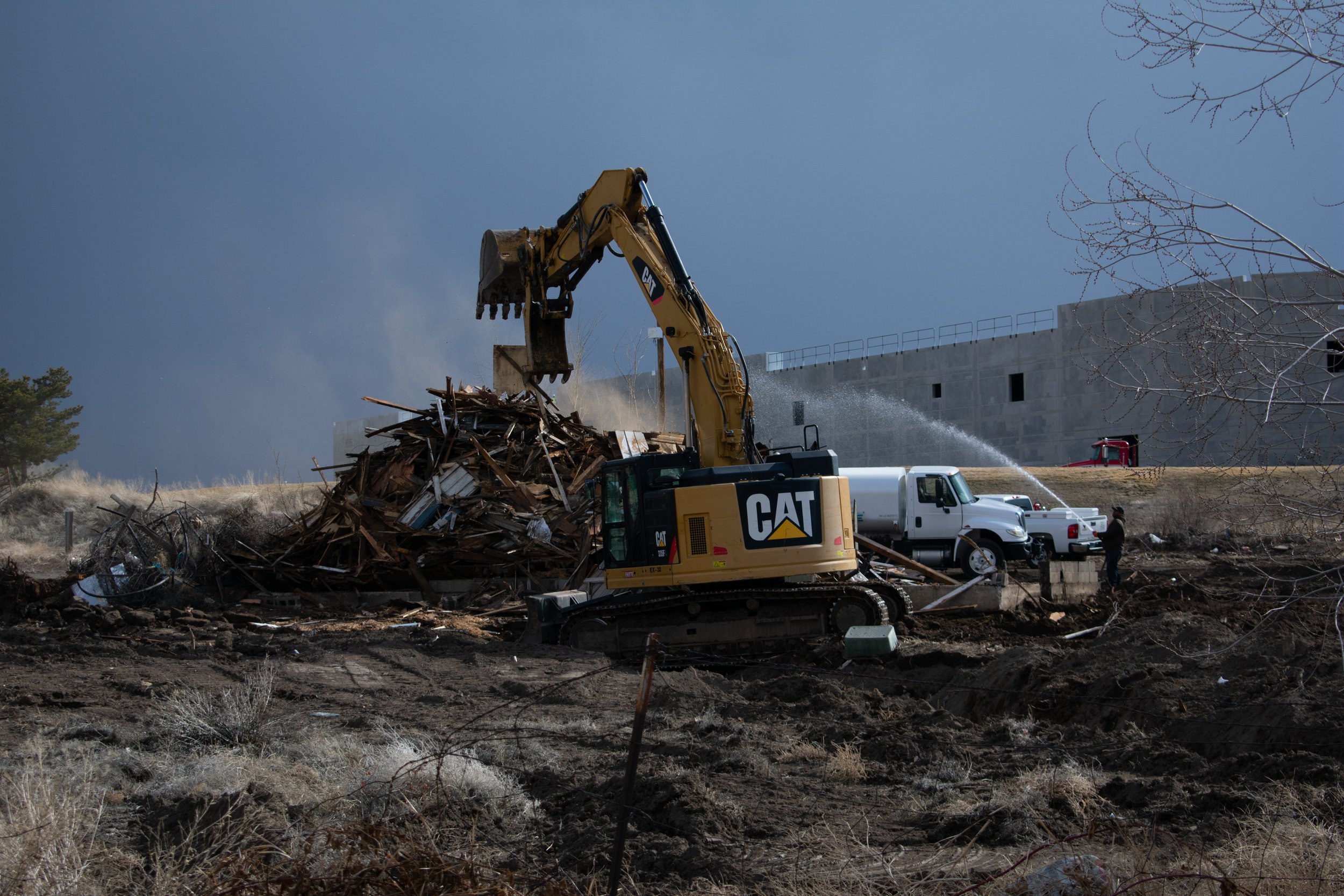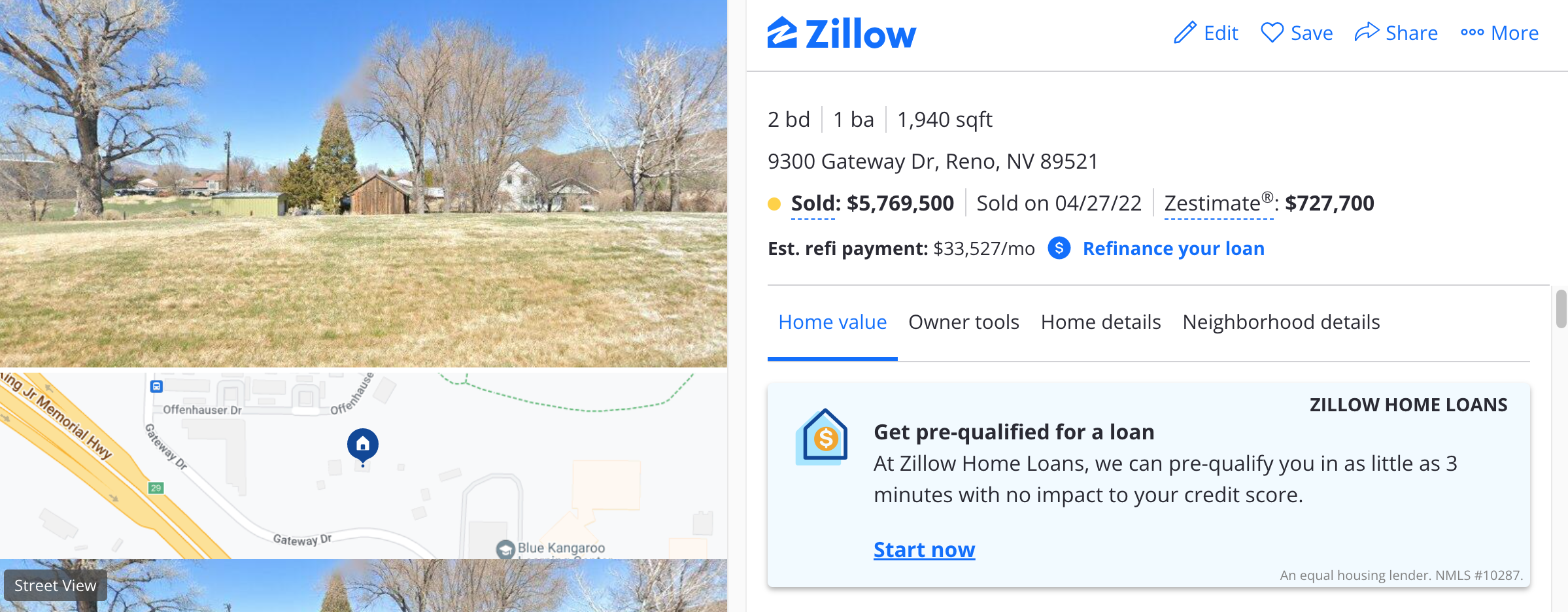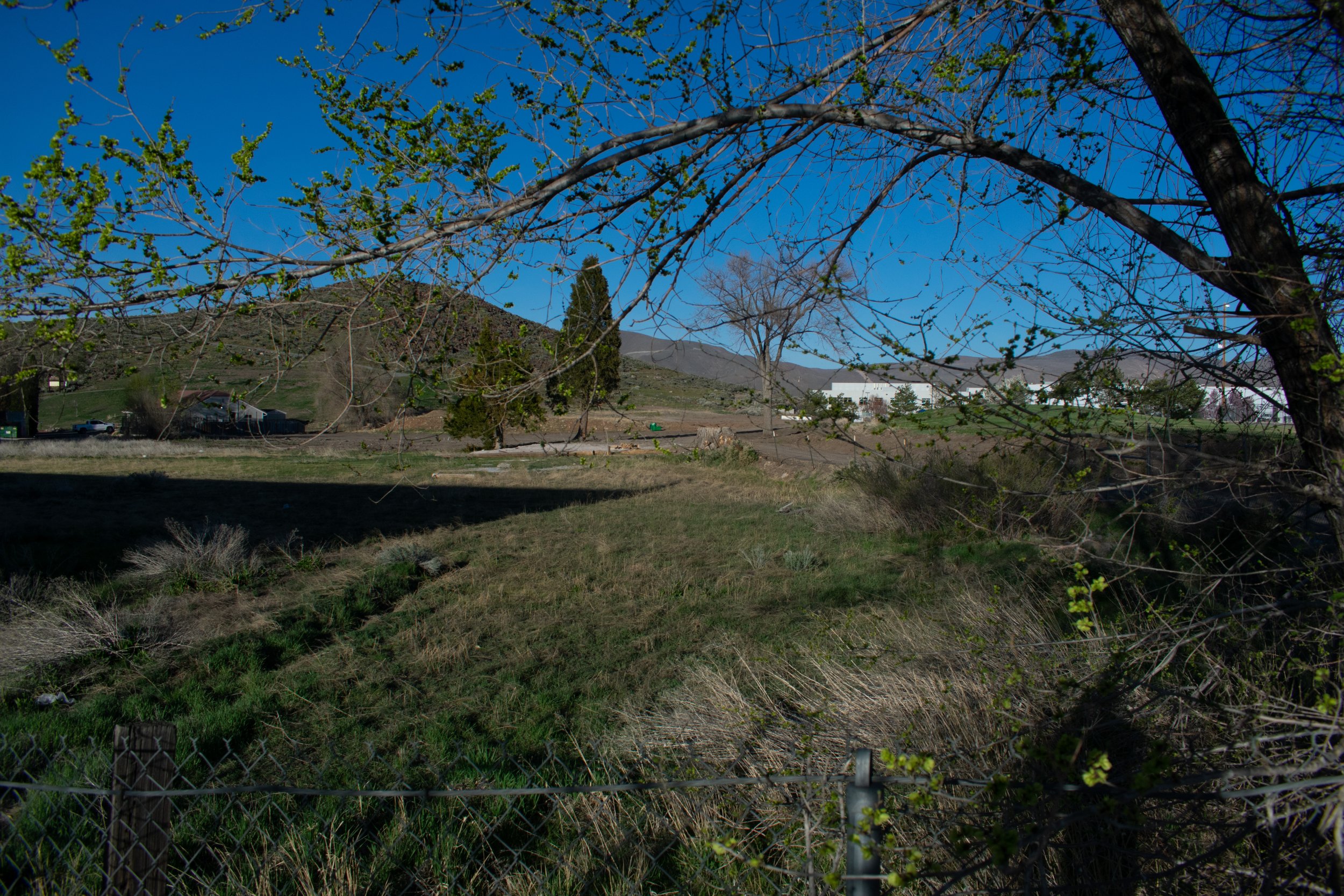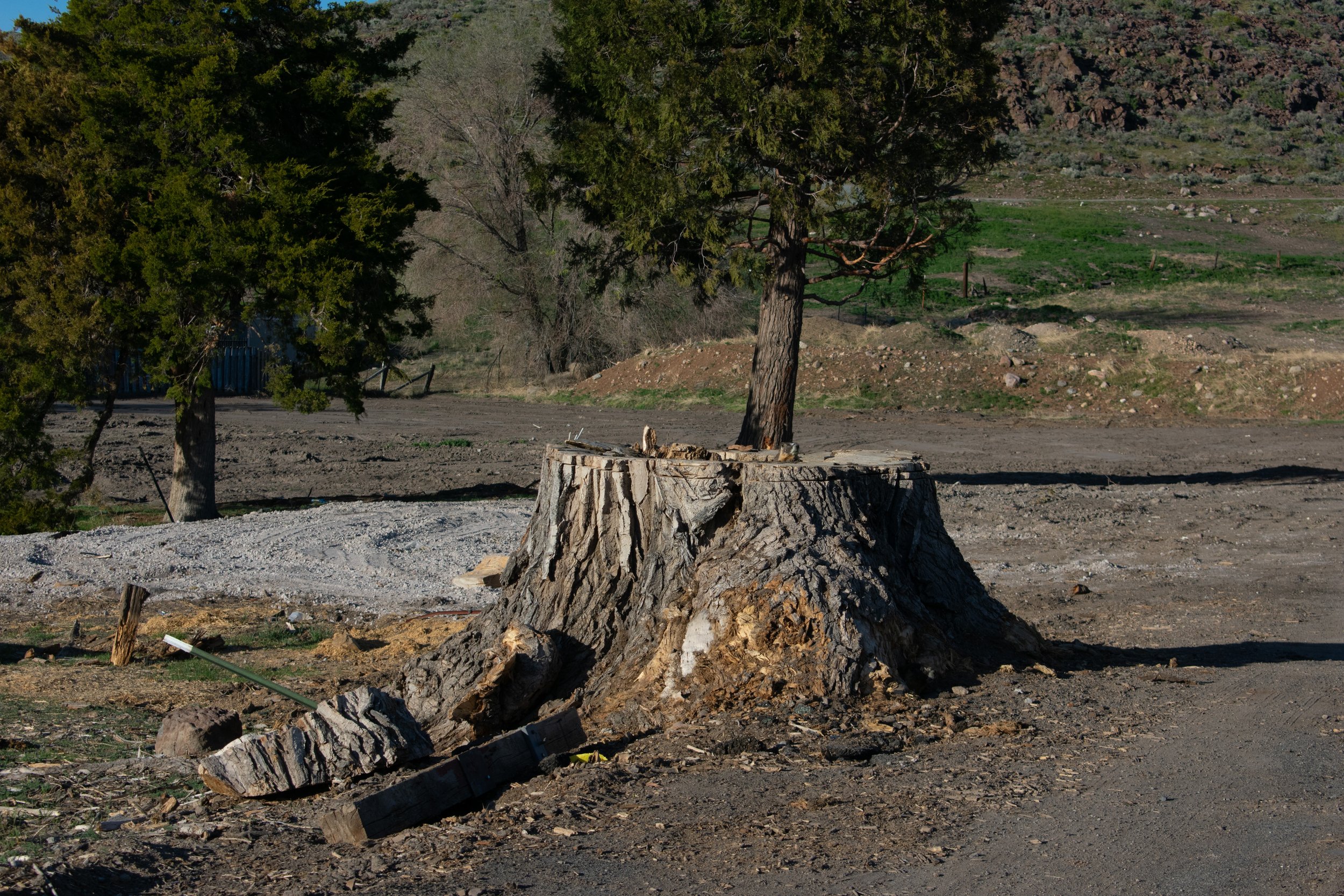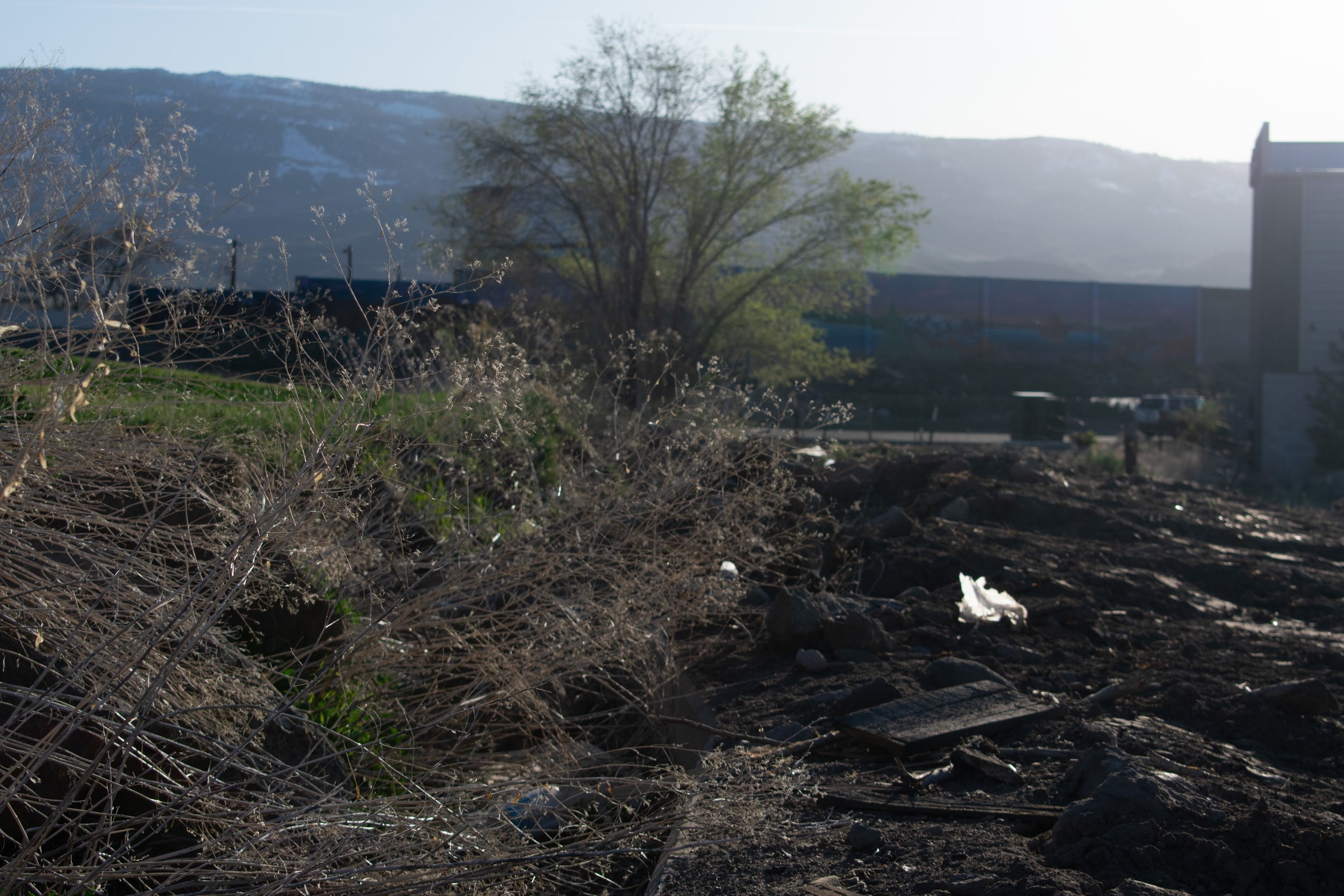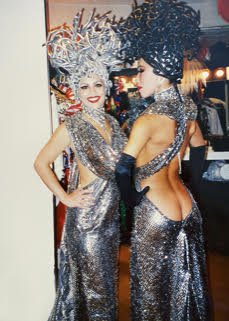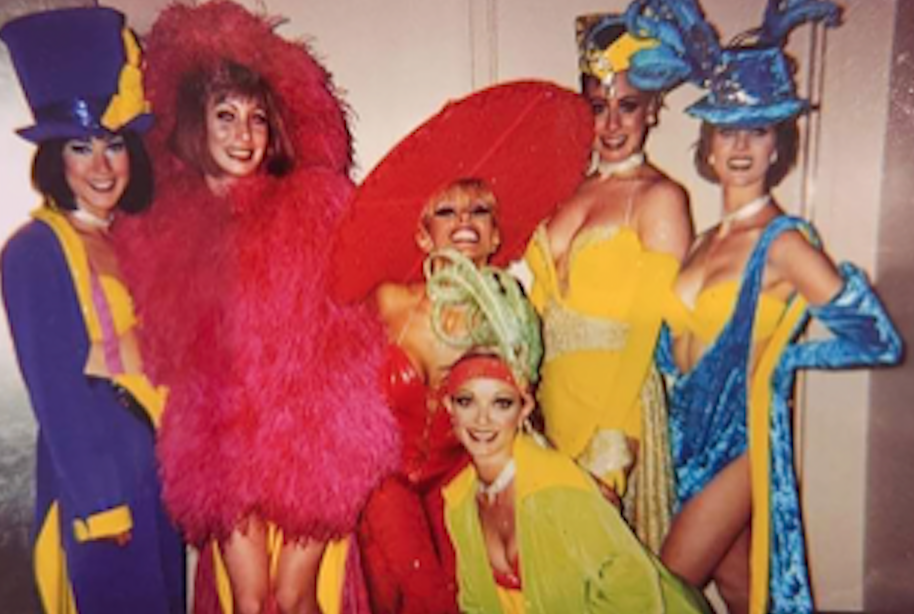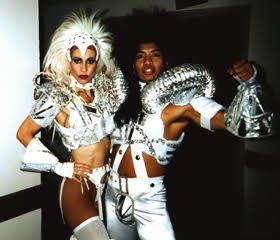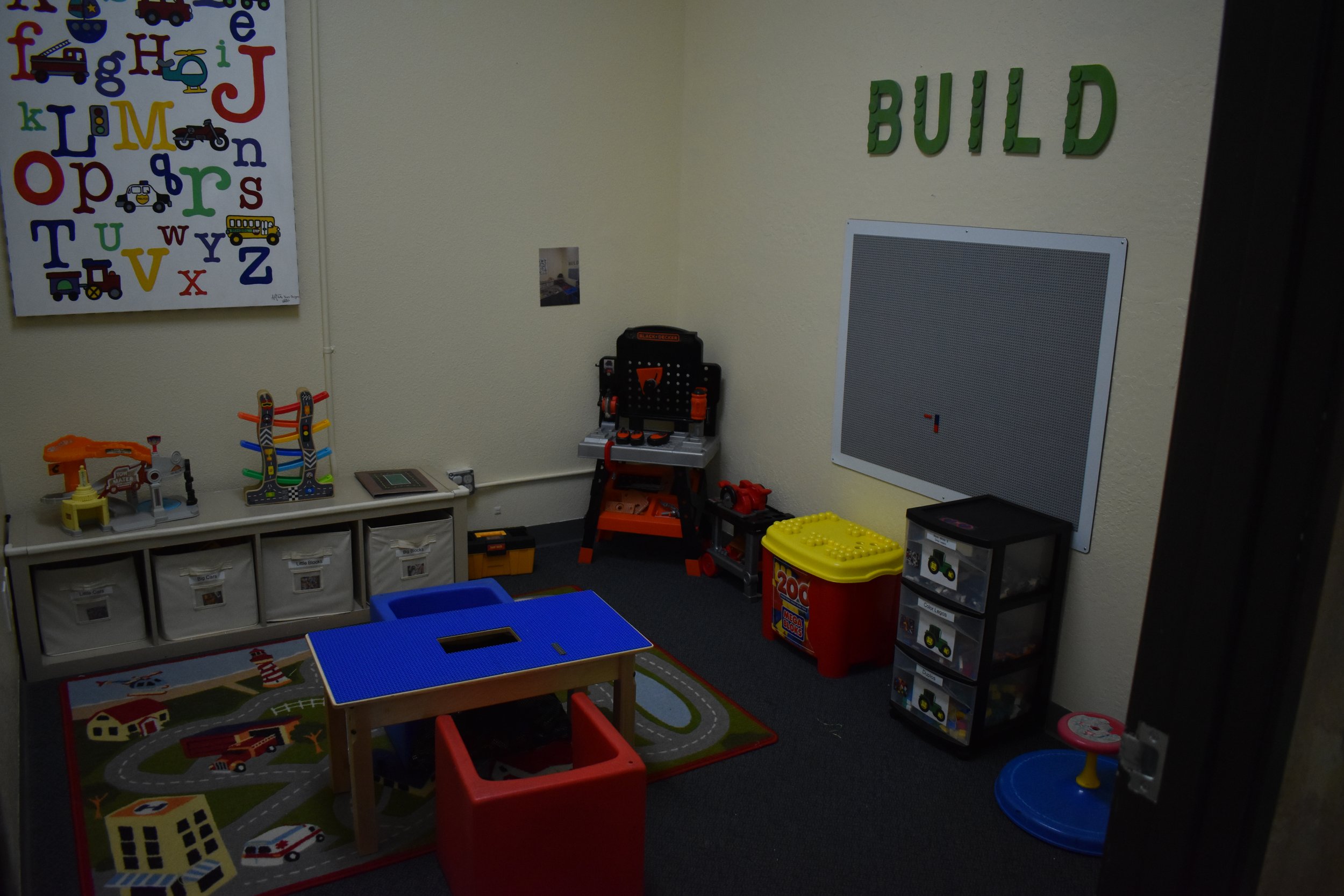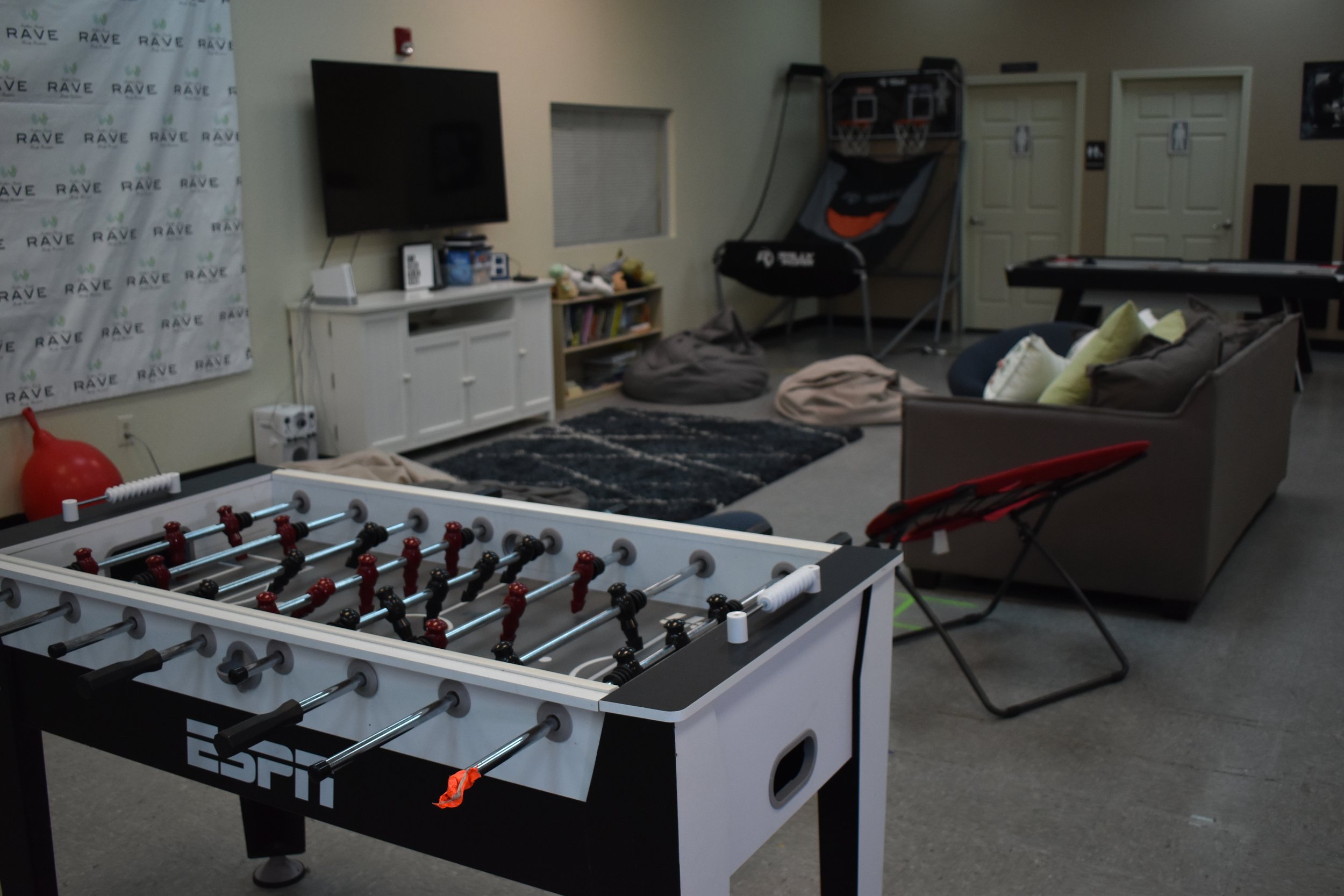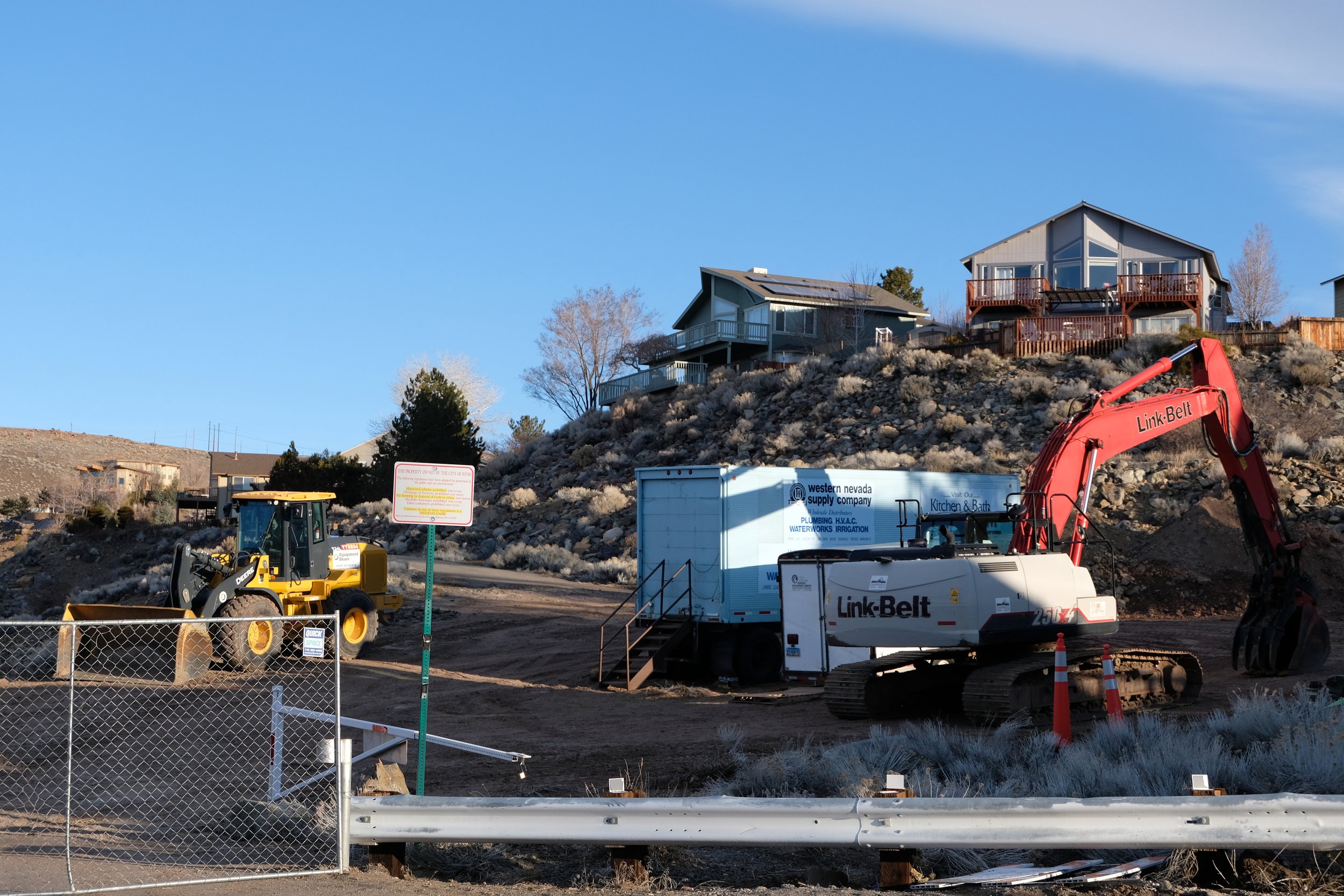Nyelli Chacon, better known as Kootsoo on social media and in art circles, is a 19-year-old who says she didn’t really have a plan after high school and compared to some of her classmates that had plans like going to college, joining the army, or going into the workforce she felt disorganized. Kootsoo just had her dreams of doing art and followed them.
Just a few years later, Kootsoo has had artistic success and was recently able to open her own tattoo studio on Wells Avenue. Nyelli is half Northern Pauite from Pyramid Lake on her mother’s side and half Chicana on her dad’s side. Kootsoo is a Northern Pauite word and it means cow which is Nyelli’s favorite animal.
She was born and raised in Reno and lives in the Reno-Sparks Indian colony. Kootsoo graduated from Wooster High in 2022. She didn’t take art seriously until her senior year of high school when she first started using Procreate.
Kootsoo has been on the art scene professionally for two years and started by doing acrylic paintings for galleries and vending at local events. She would post her art online and a few of her pieces went viral. Kootsoo got invited to the Bay Area or local Reno places like Radical Cat and Holland because of this.
“I’ve just been working from home since then doing commissions for local brands, I draw logos,” says Kootsoo.
Kootsoo’s newly acquired tattoo studio is located on S Wells Ave.
The transition to getting her own studio also went quickly. She had previously been apprenticing in the same building located at 1545 S Wells Ave across from the Marketon supermarket, but she decided to go professional and get her license as well as other documents and certifications she needed for her business. “I have so many friends that are barely coming of age to get tattoos, so I tattoo a lot of young people,” says Kootsoo. So far this year Kootsoo says she’s already tattooed over 30 people.
Kootsoo’s parents worried about her at first. “They were afraid of me being financially stable going into this and just with my age, a lot of people in the art industry are older and have more experience. They were just worried about me but as of now I’ve proven to them what I can do and they’re really proud,” says Kootsoo.
One of Kootsoo’s tattoo works. Follow her on Instagram @Koottsoo to see more of her art or to book for an appointment.
Kootsoo finds her inspiration in her culture, car shows, growing up on the reservation, and anime or manga.
Currently, Kootsoo is focusing on making her space more homey and decorating it to make her clients more comfortable. In the future, Kootsoo says she hopes to be able to take on a bigger space.
She plans on staying in Reno though. “It’s my city, and it’s been so good to me. I love it. I want to bring a new vision to tattooing,” she says.





